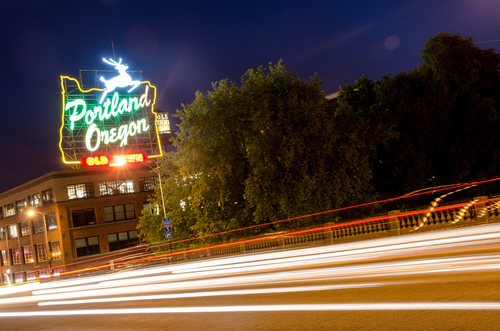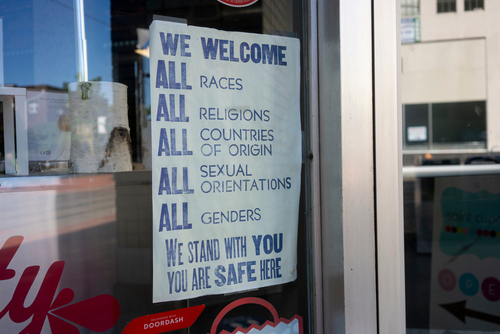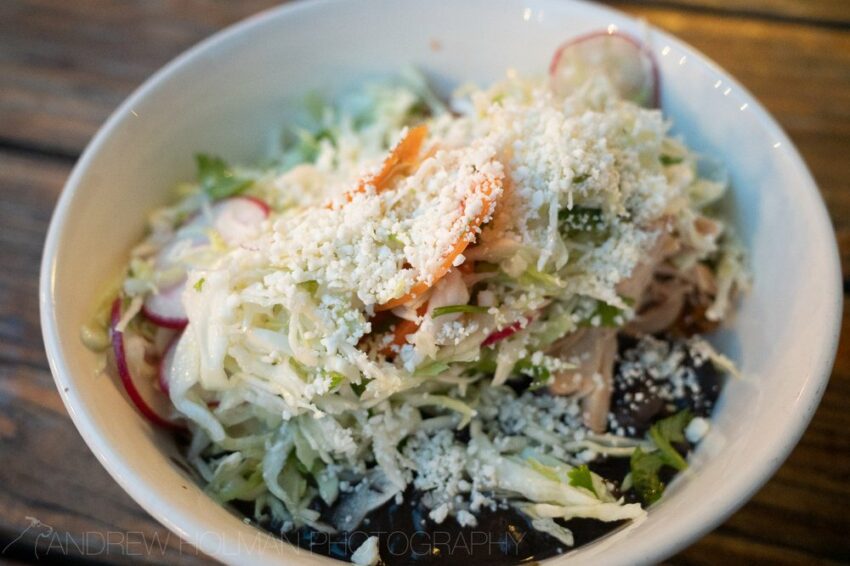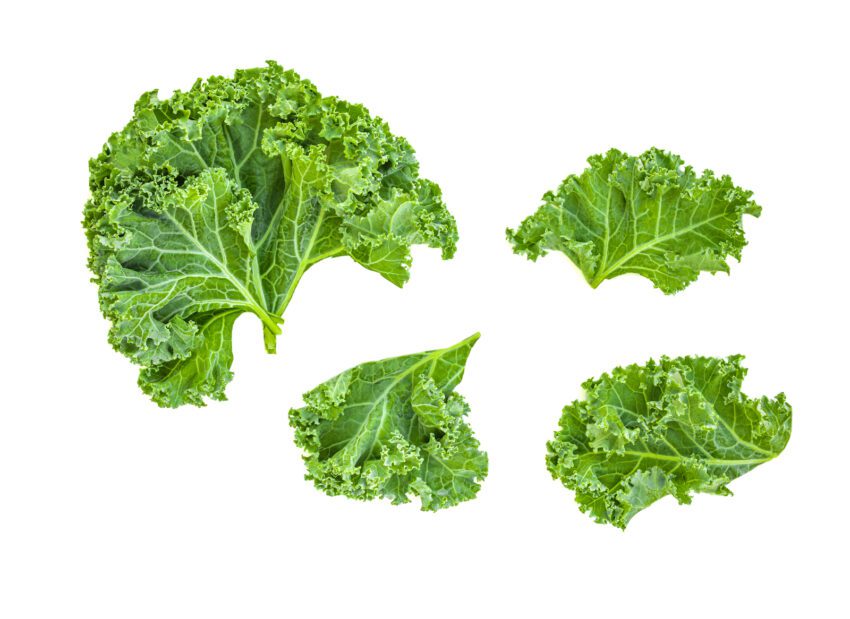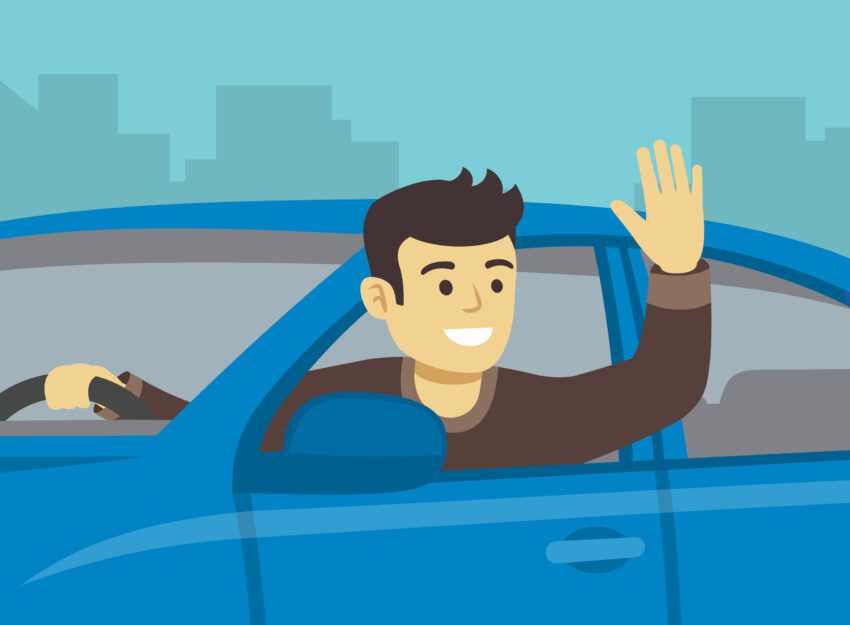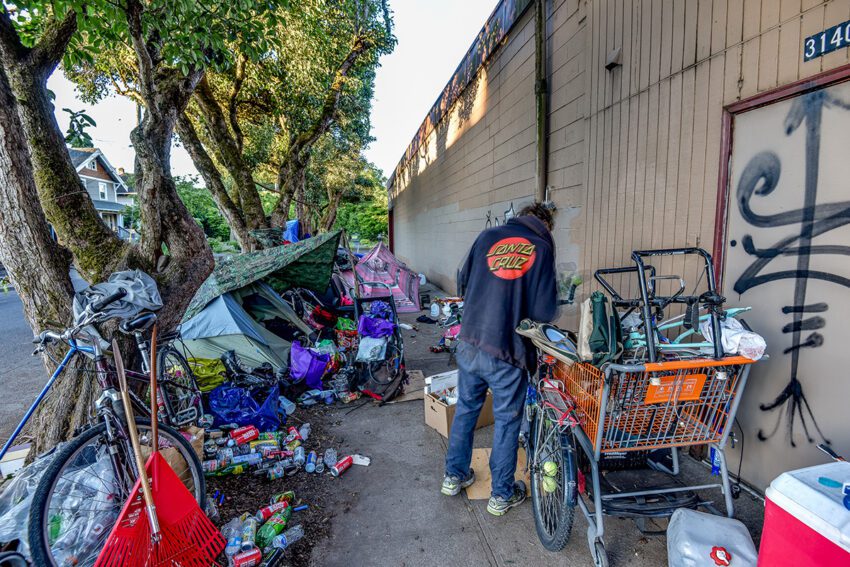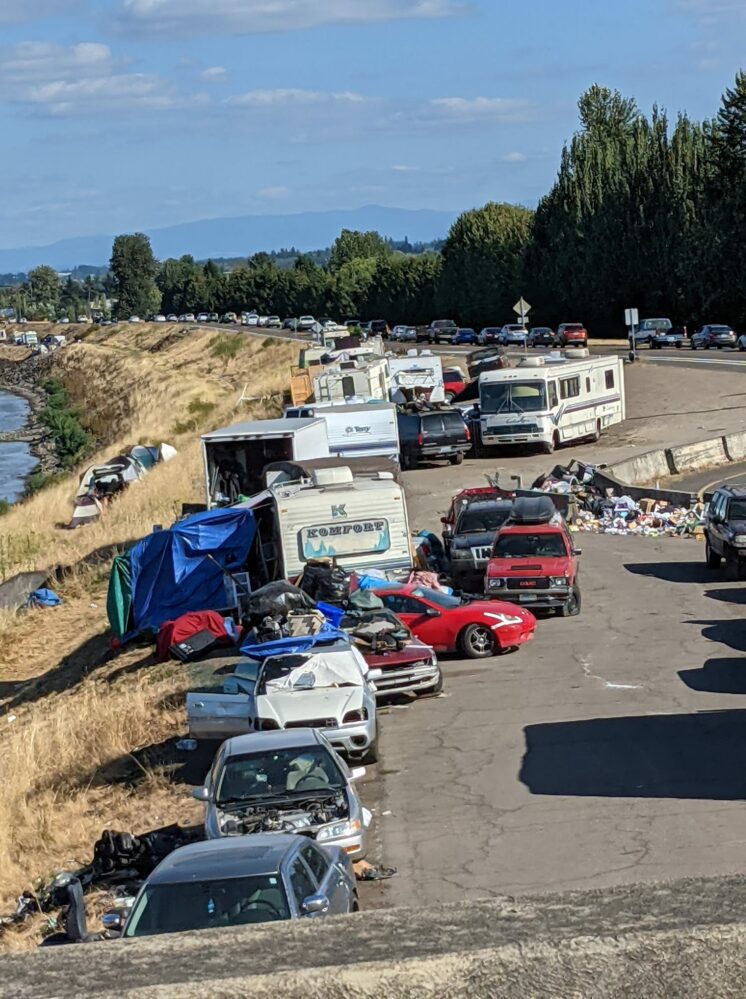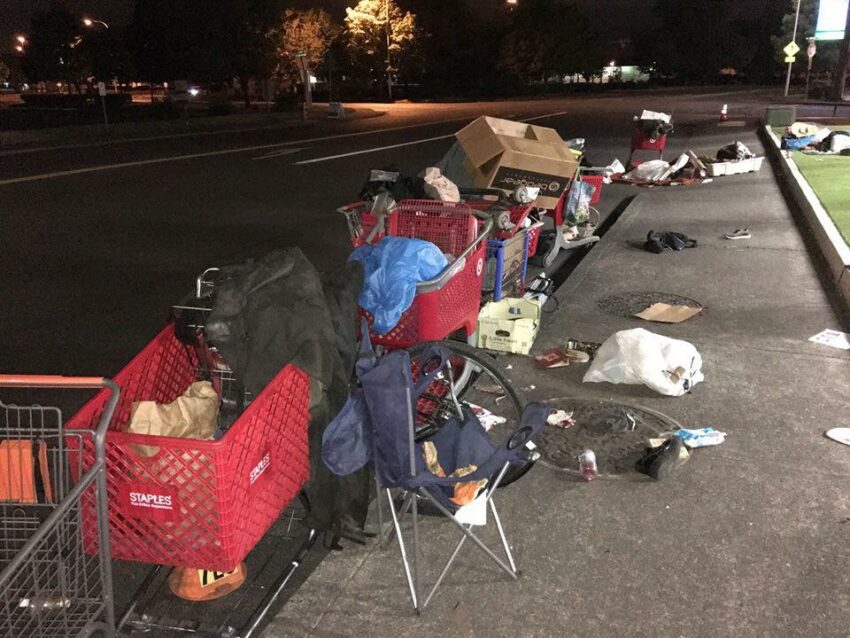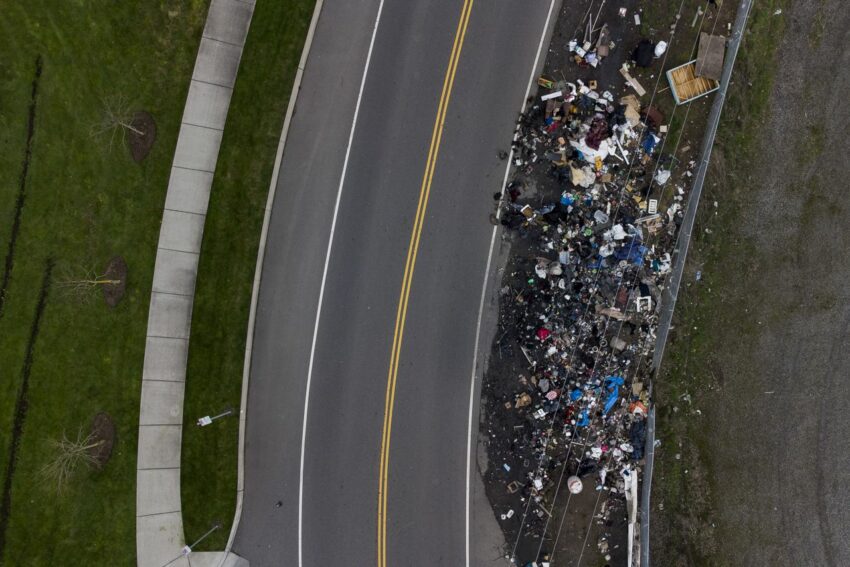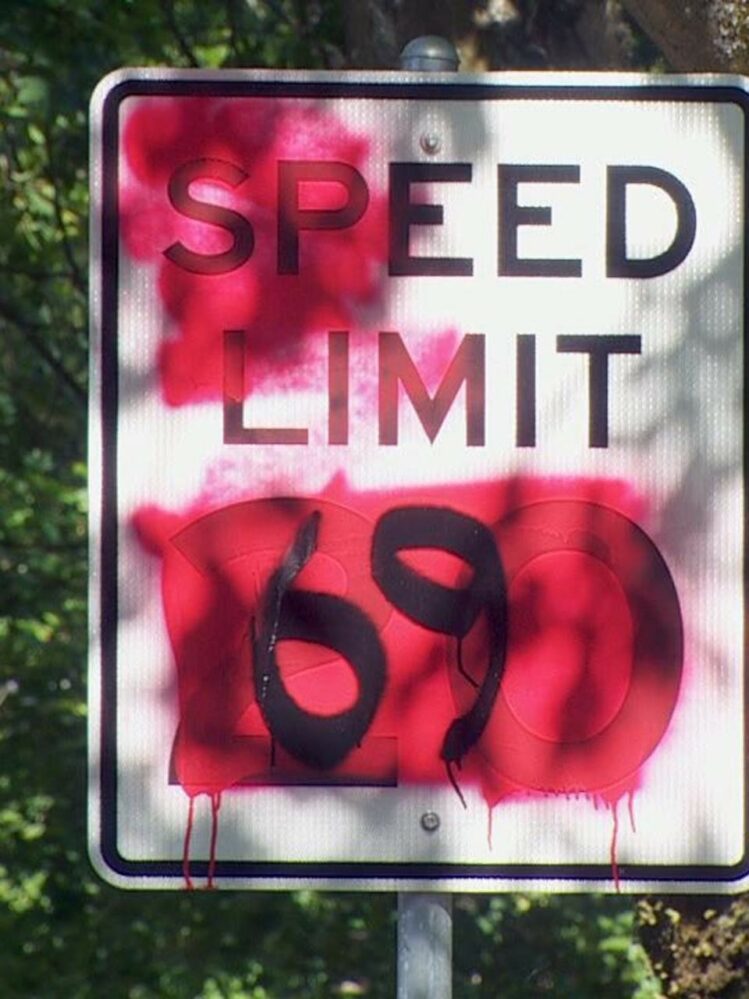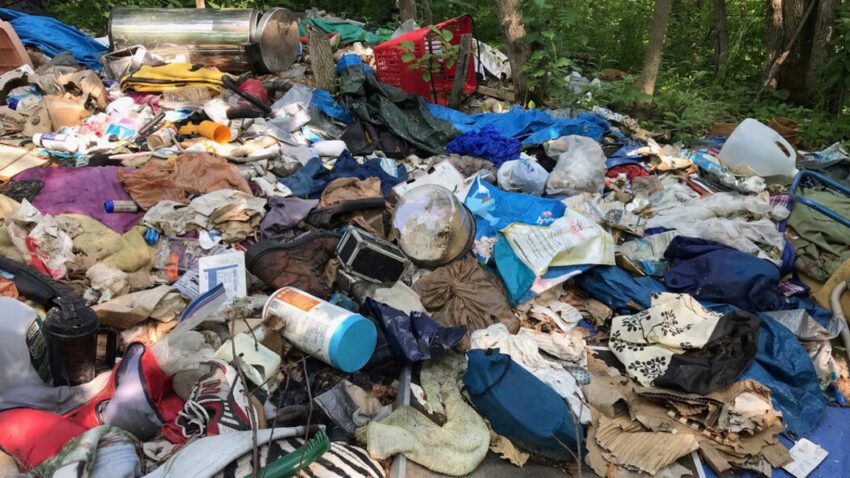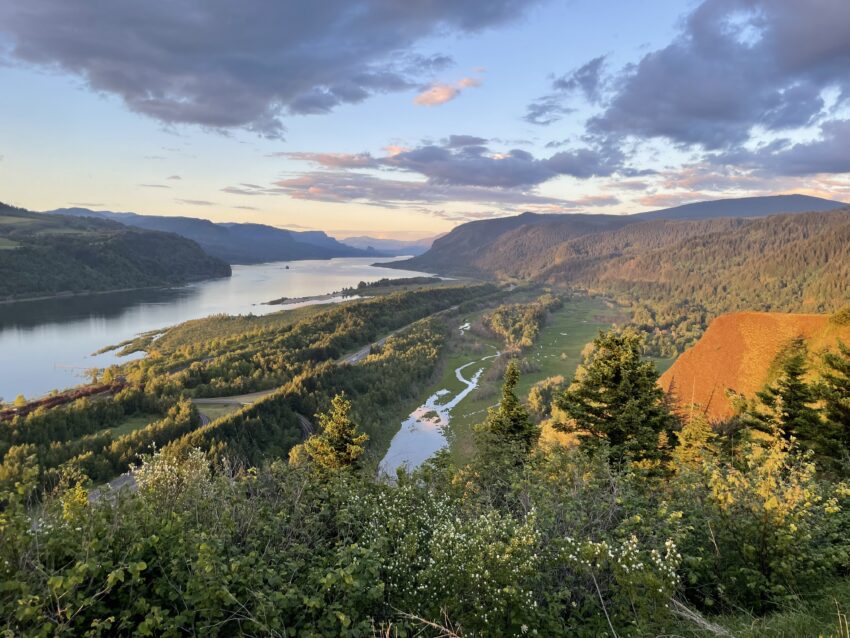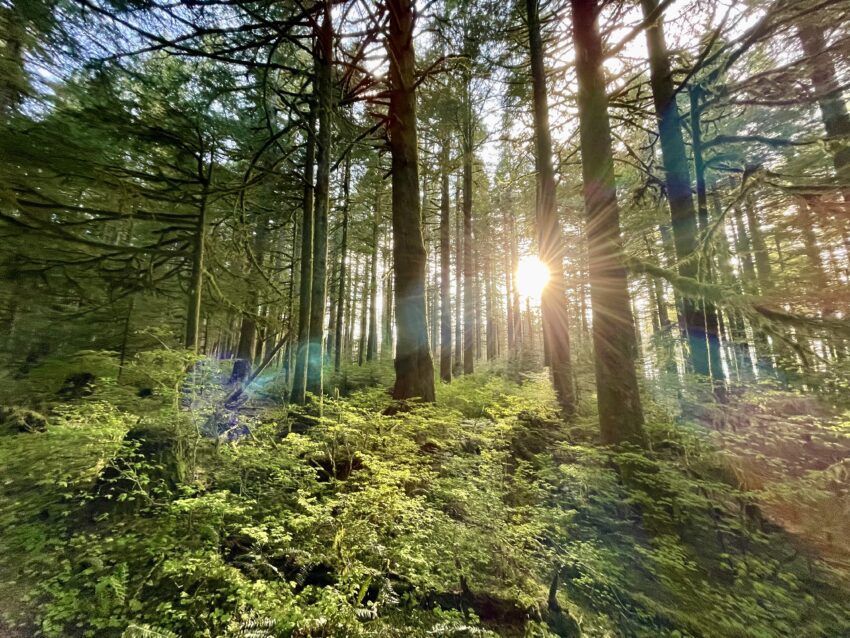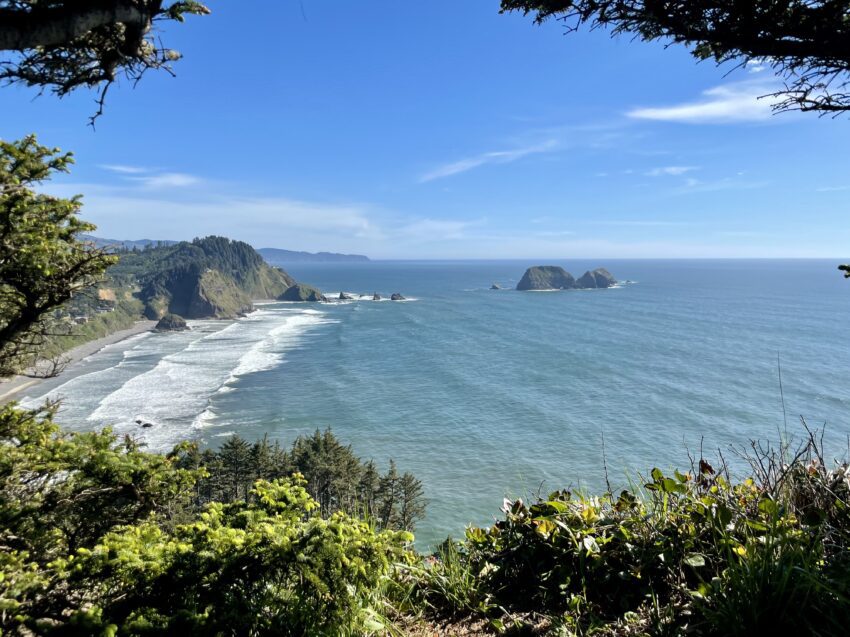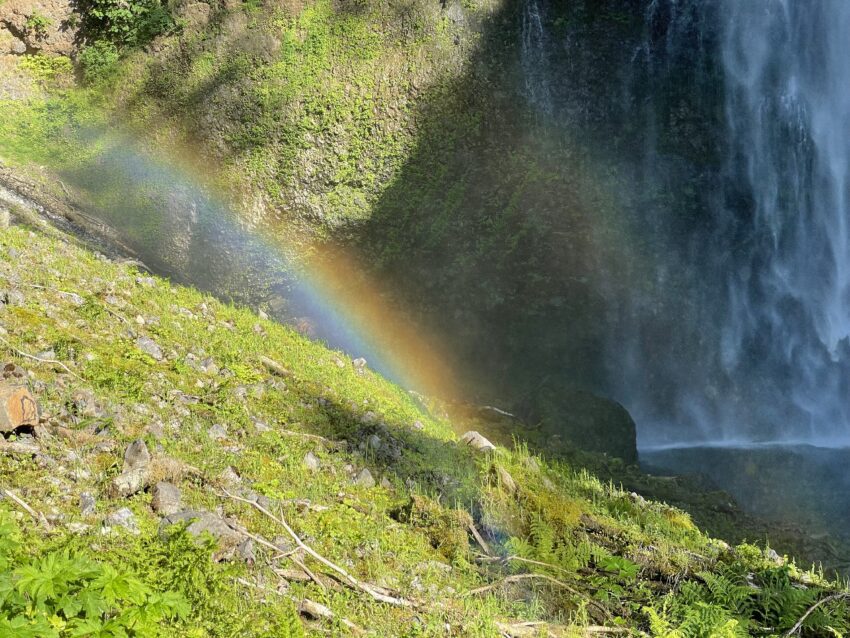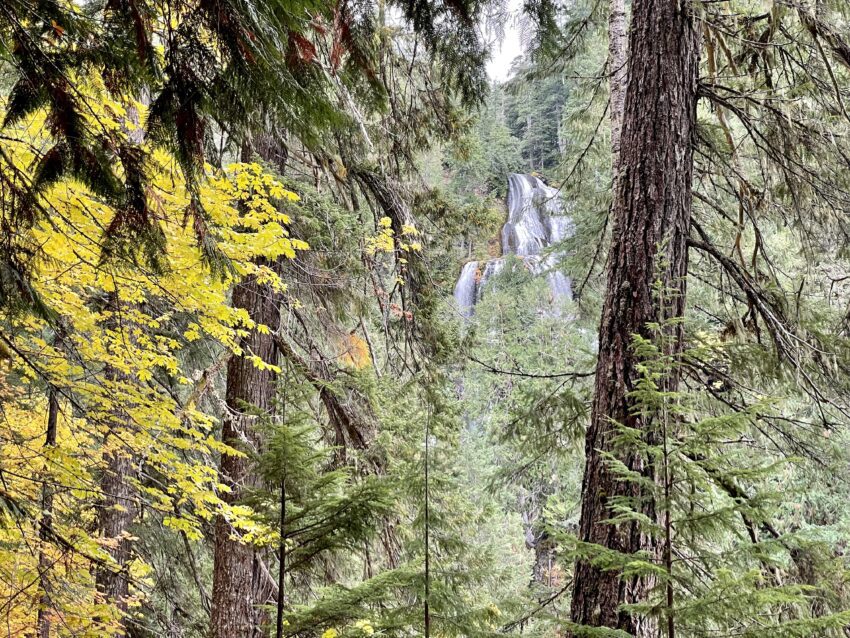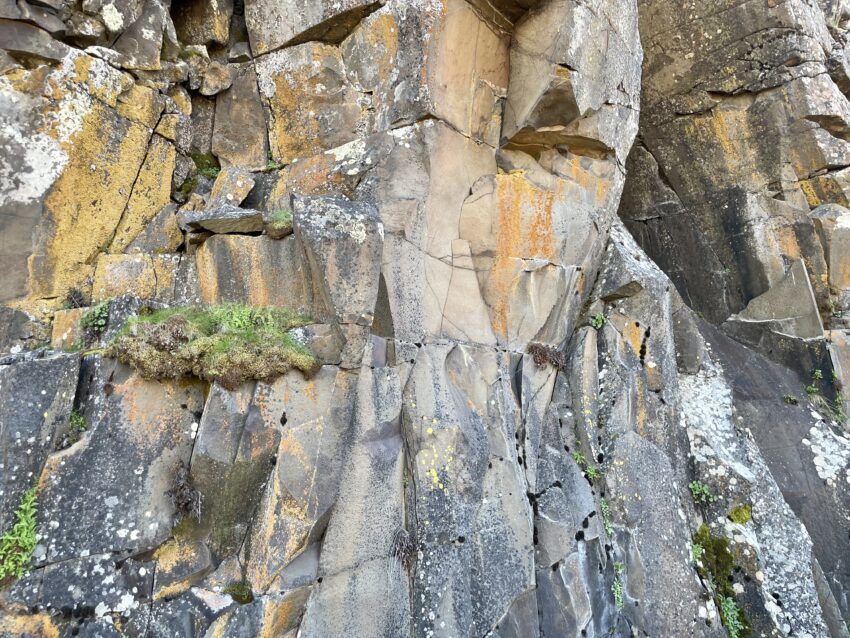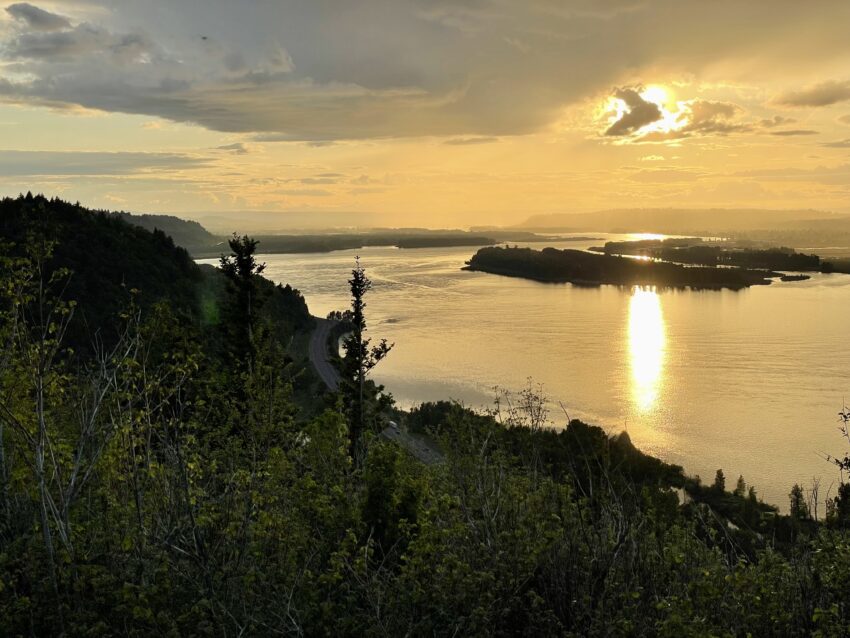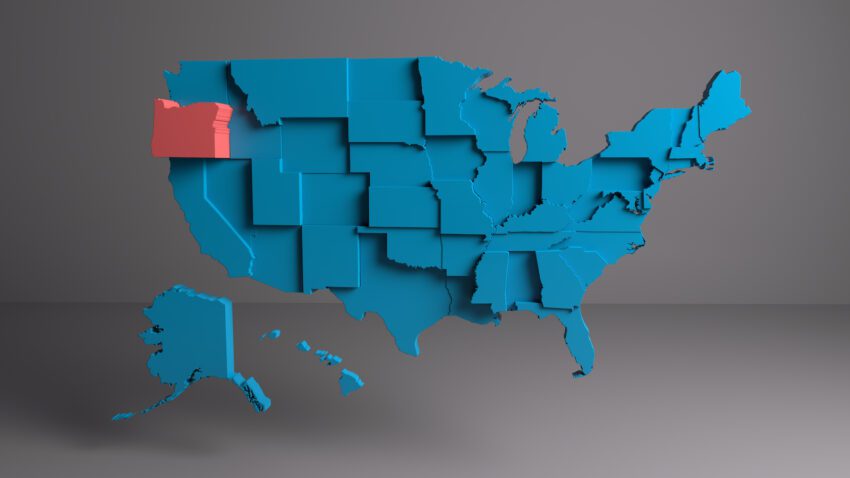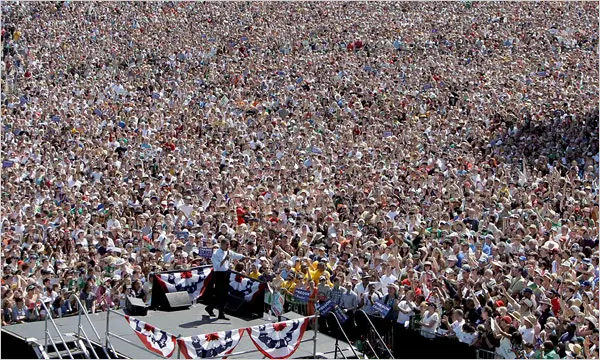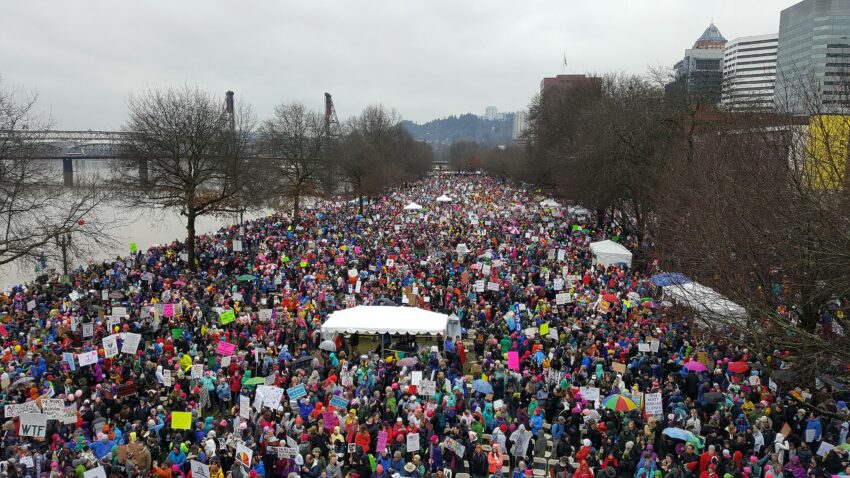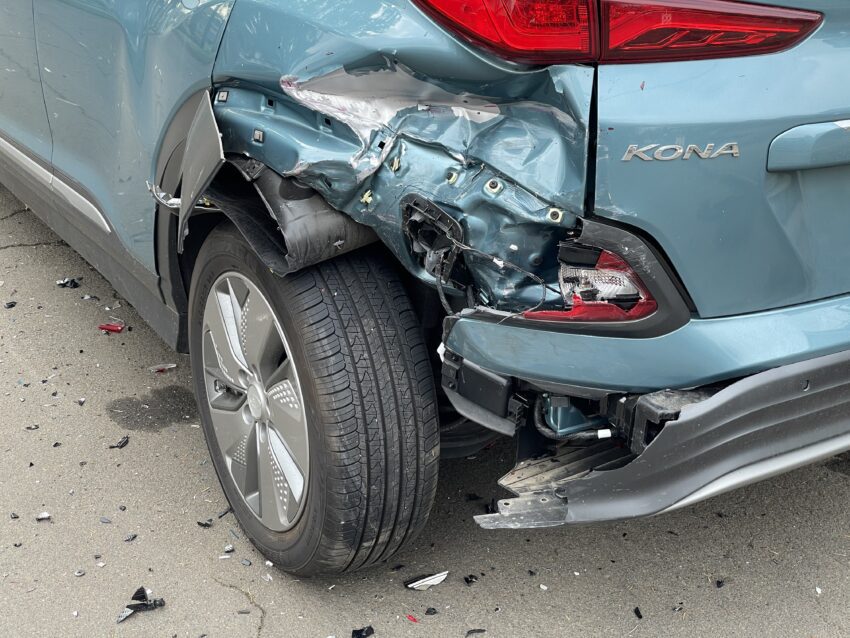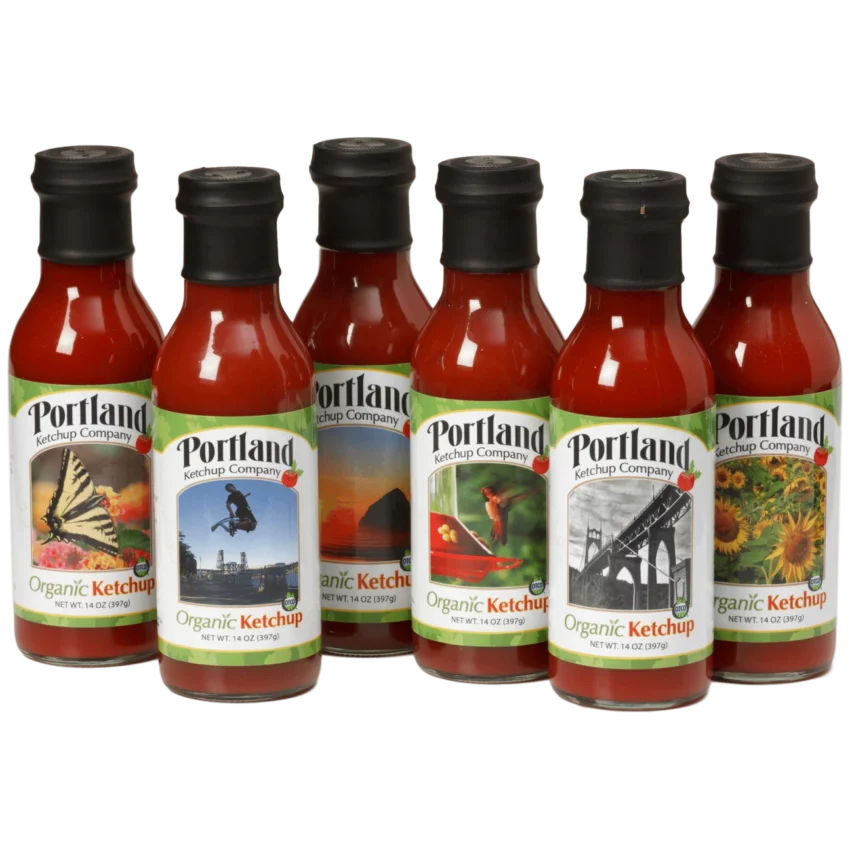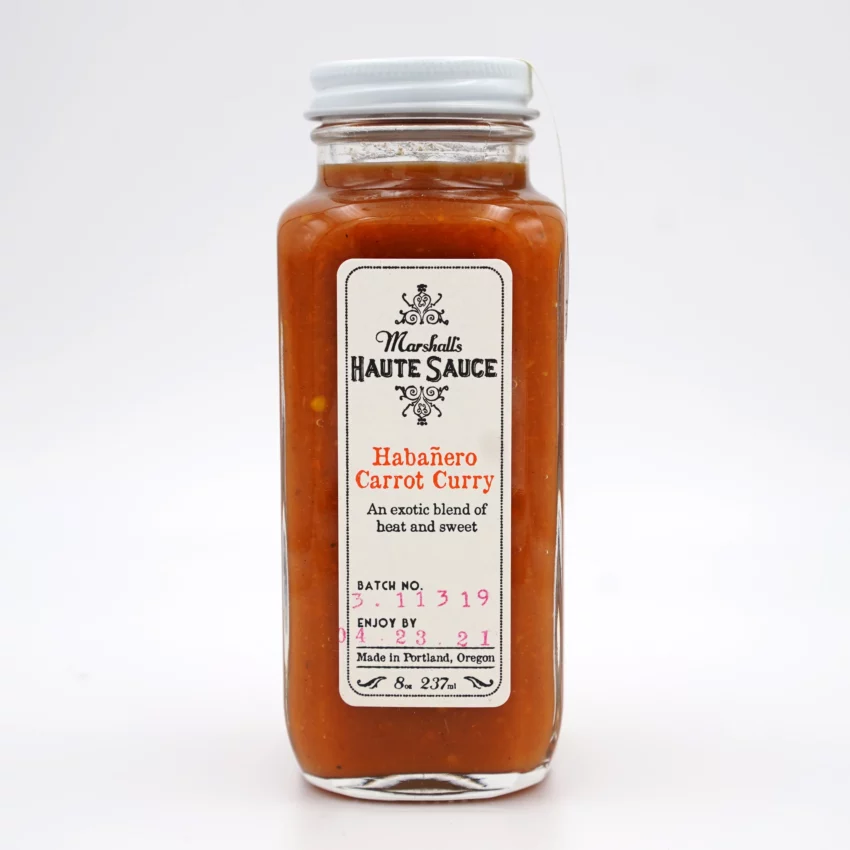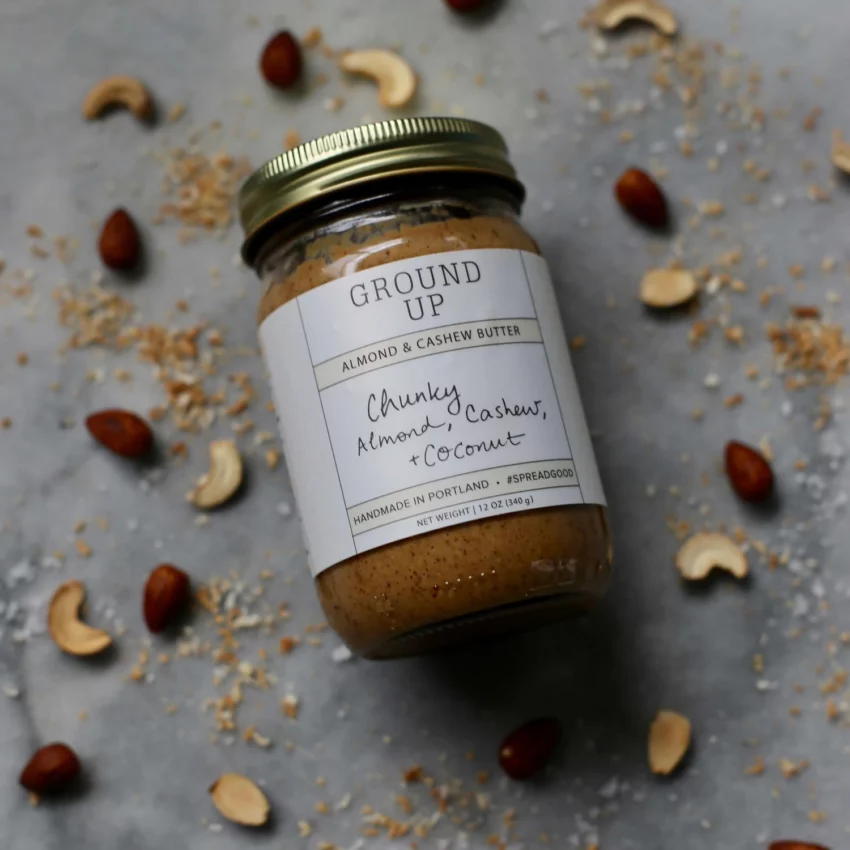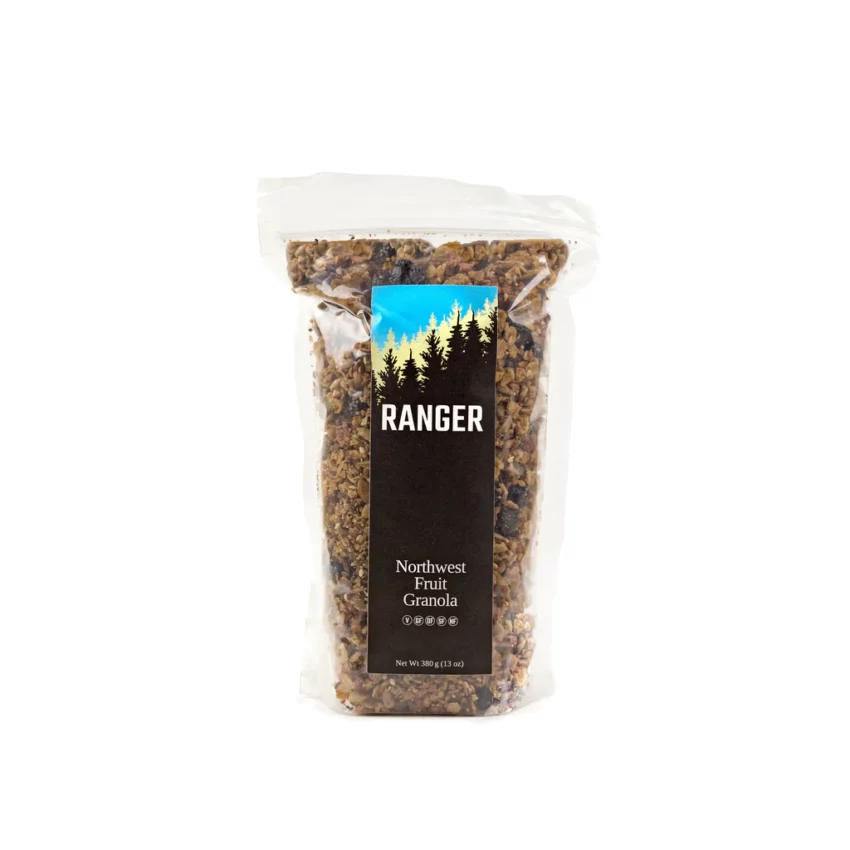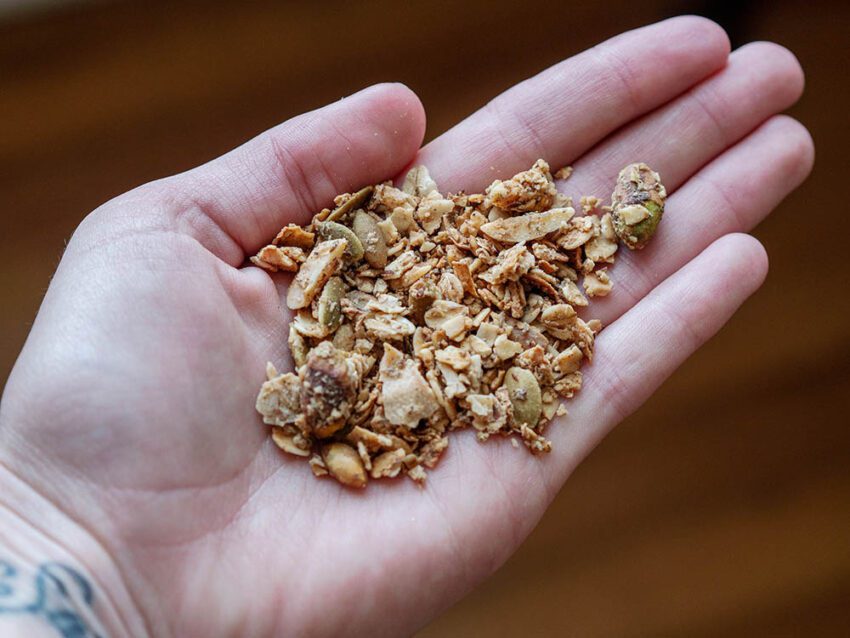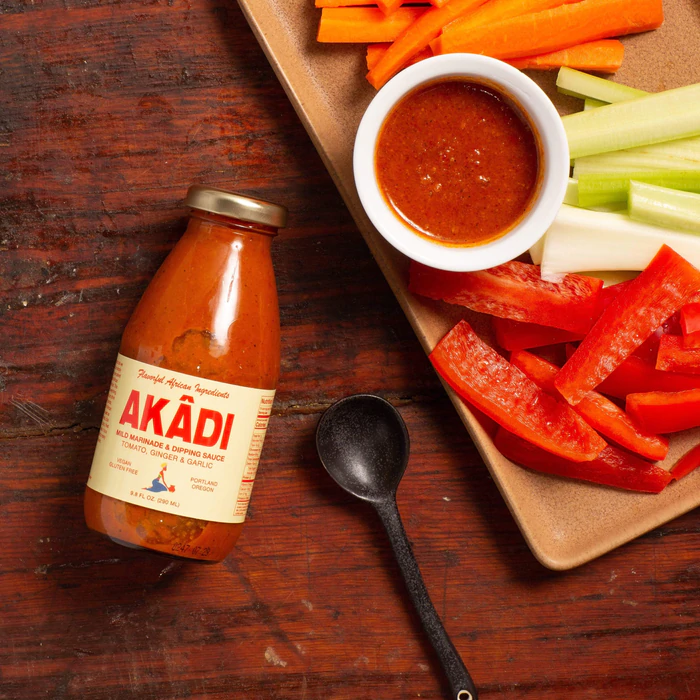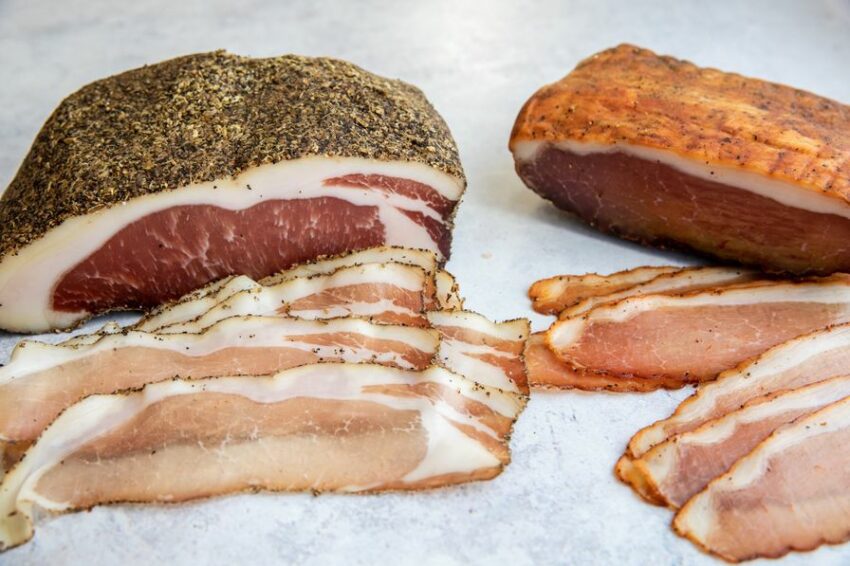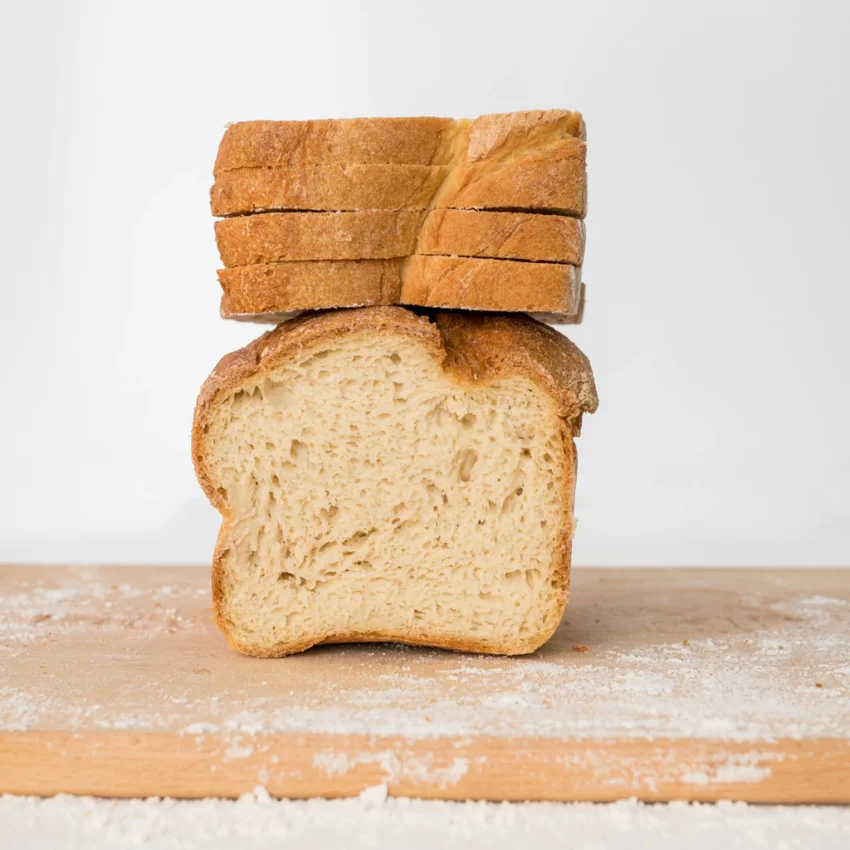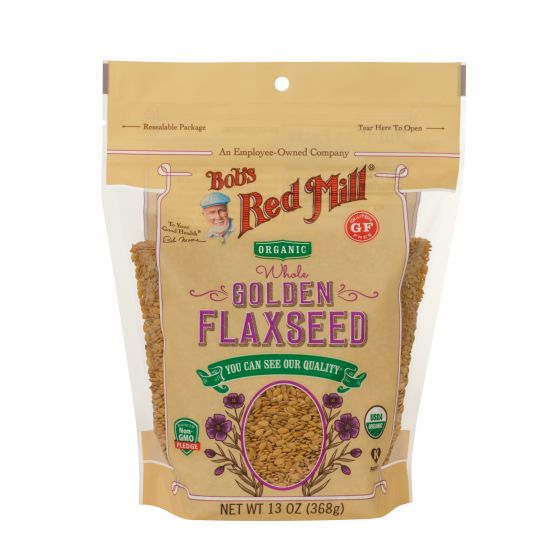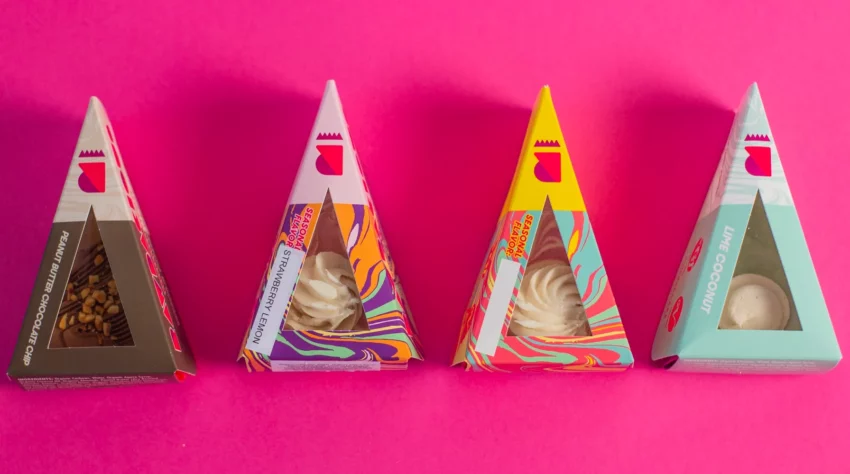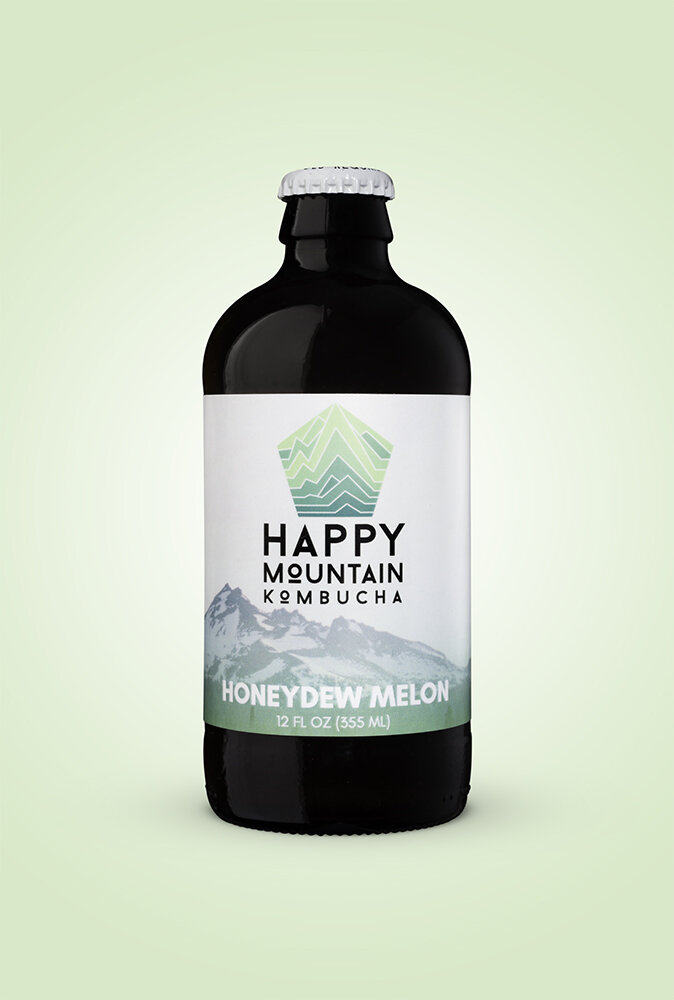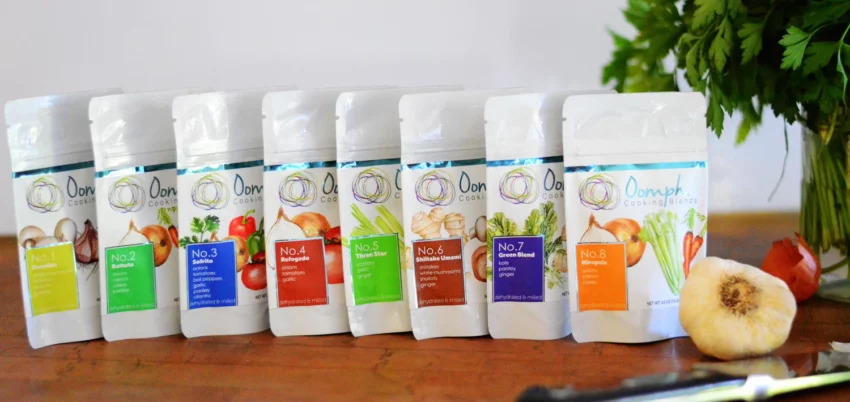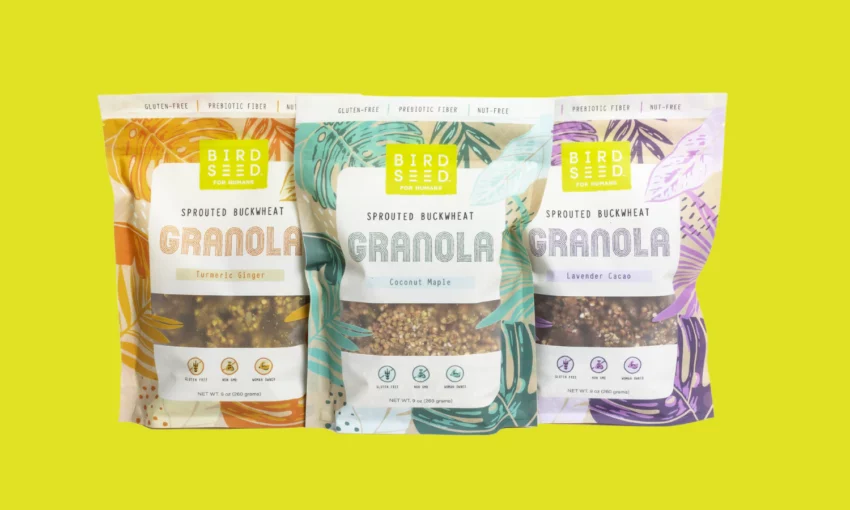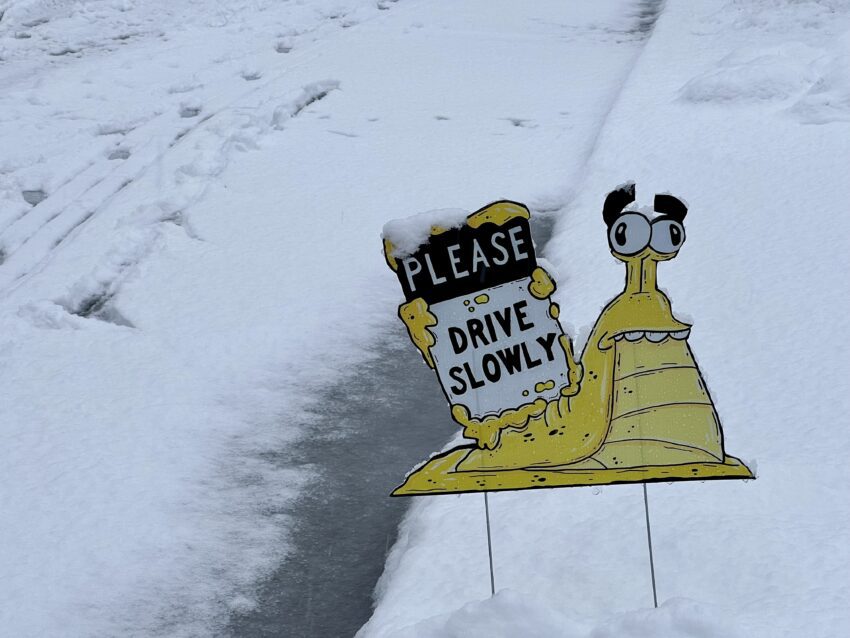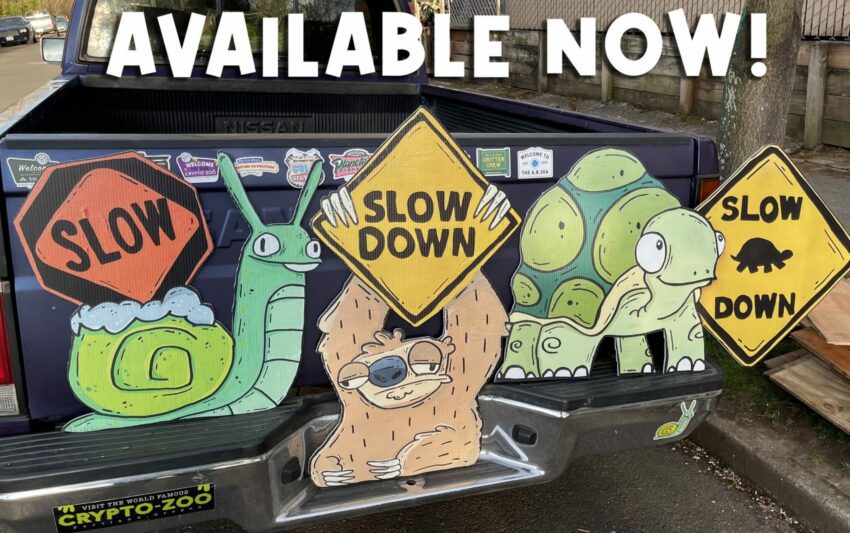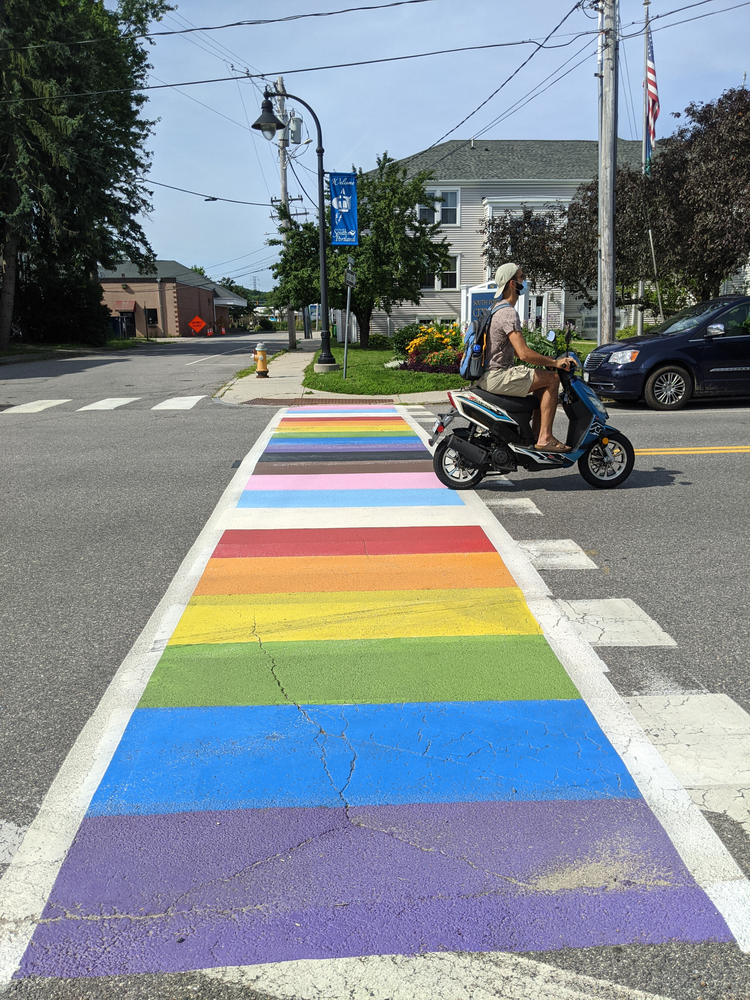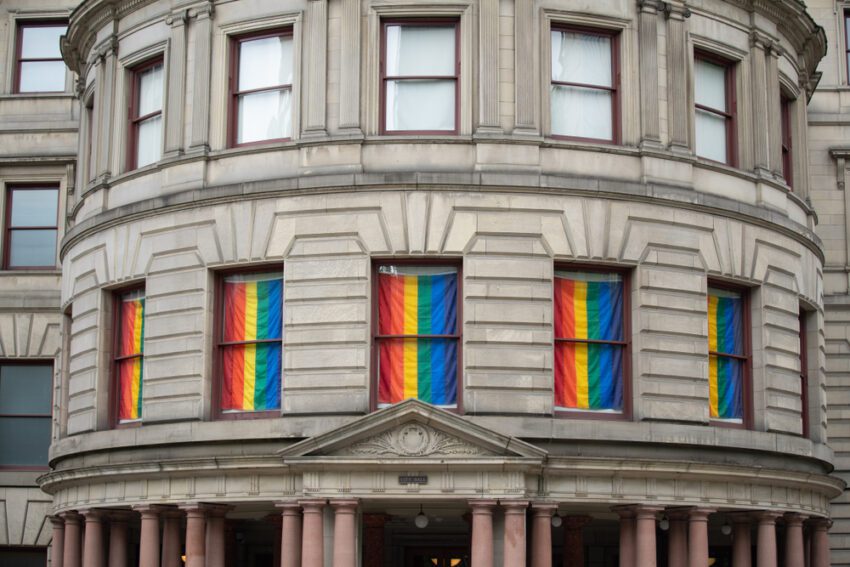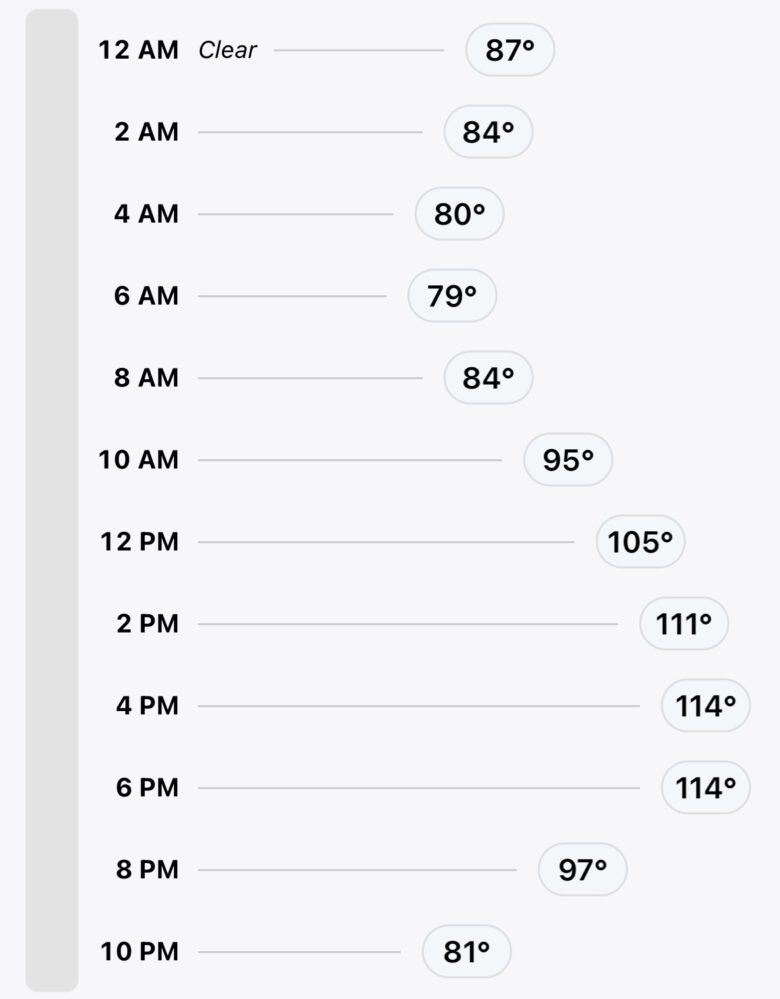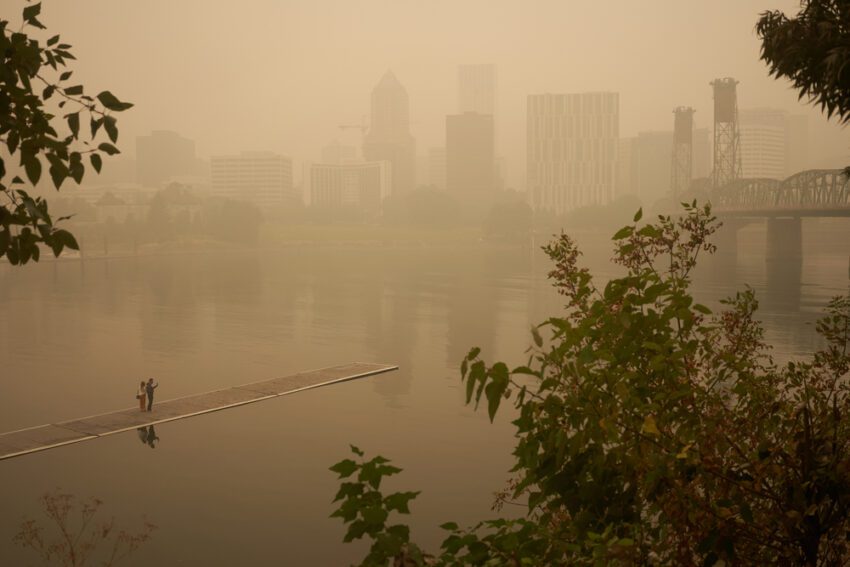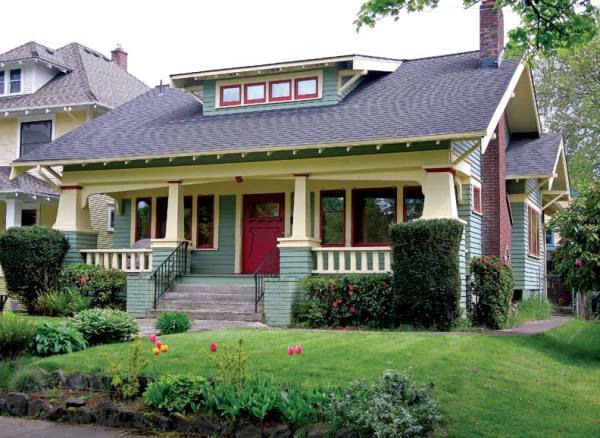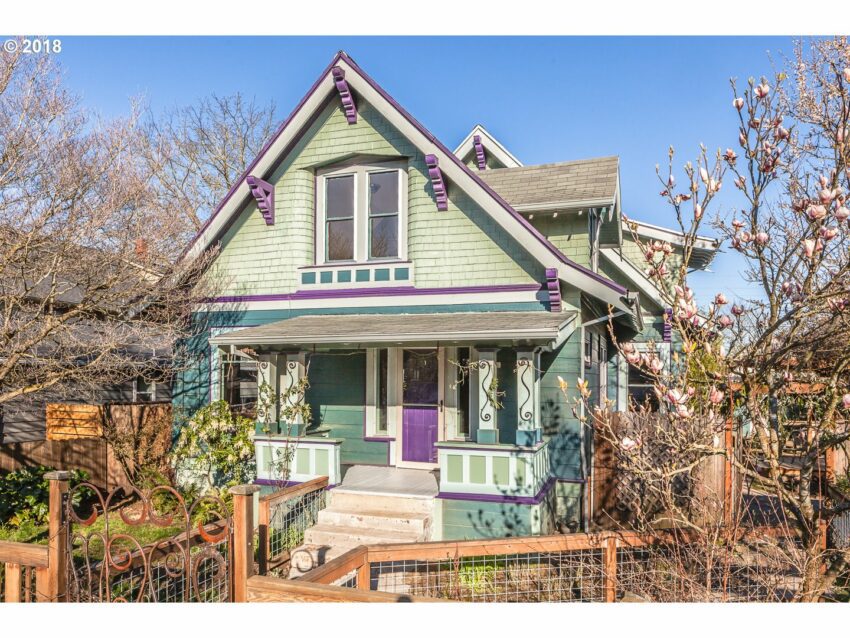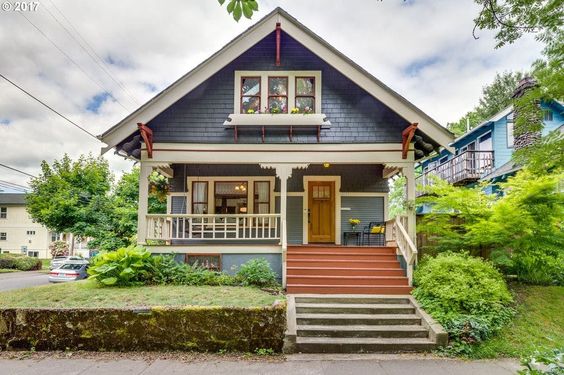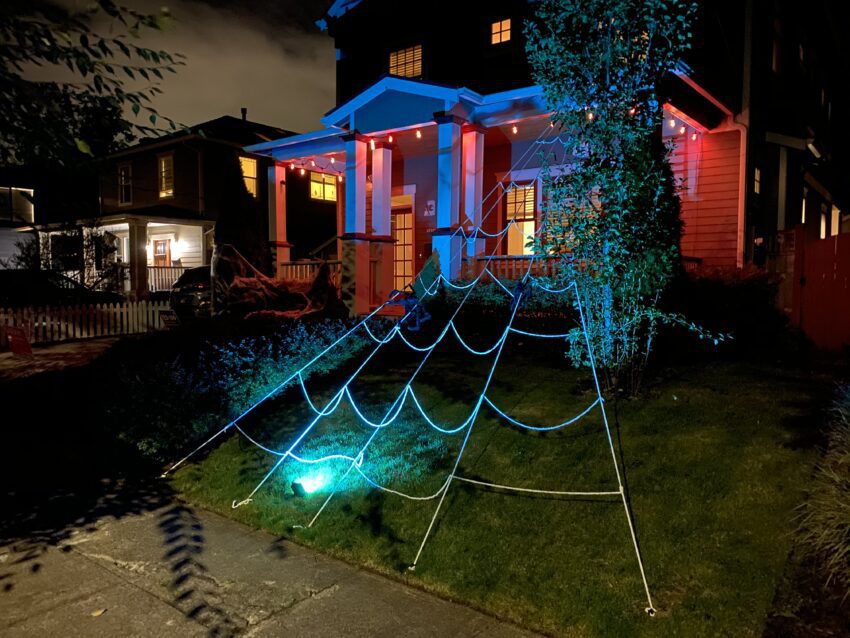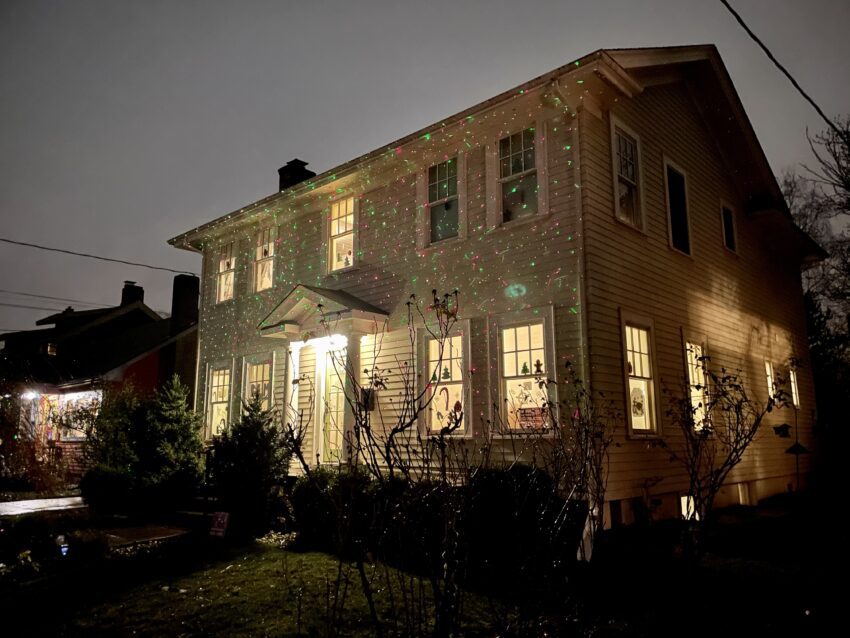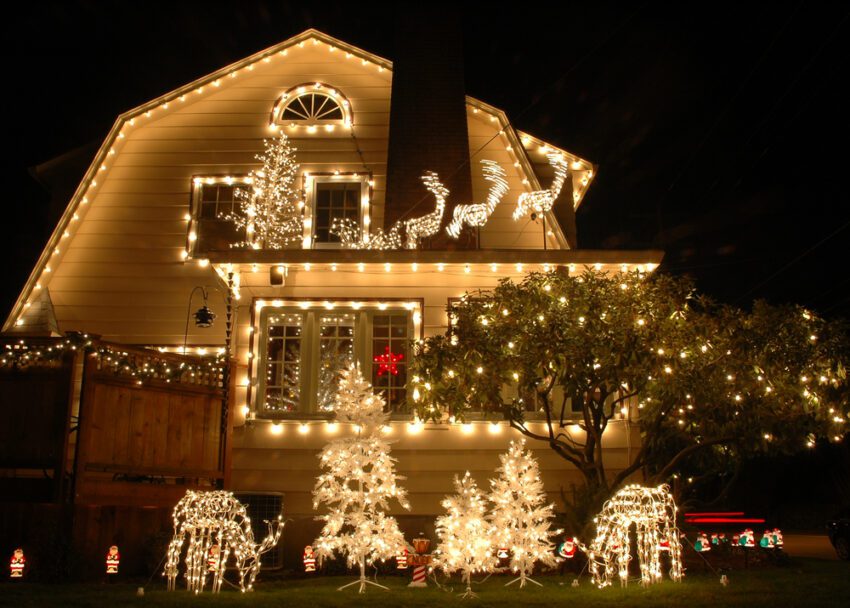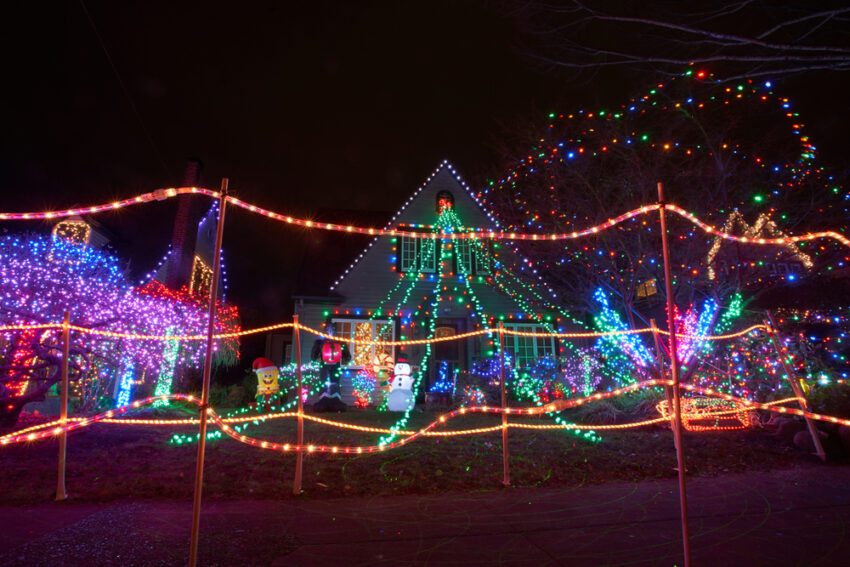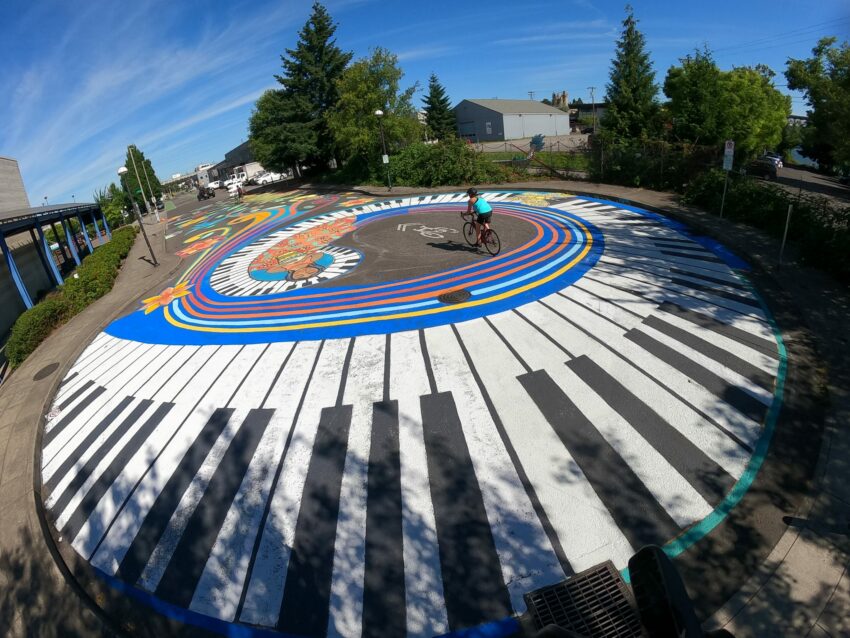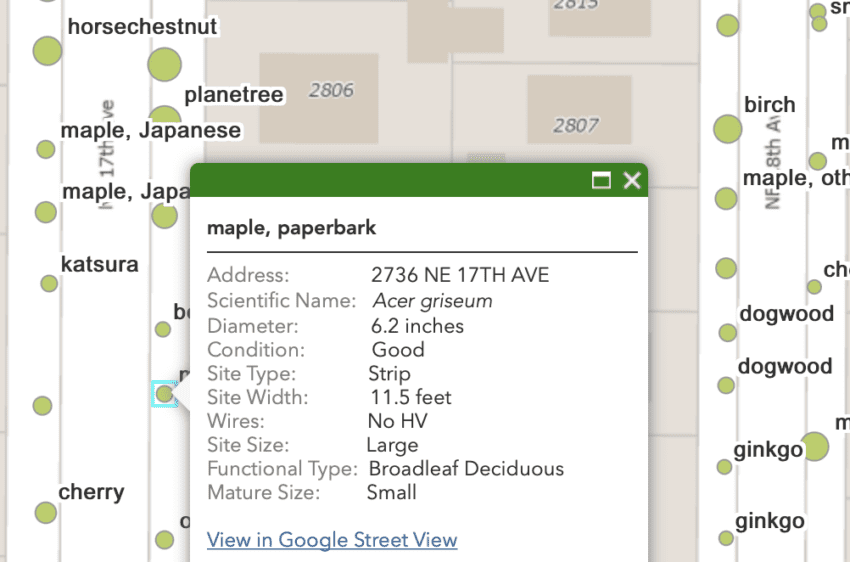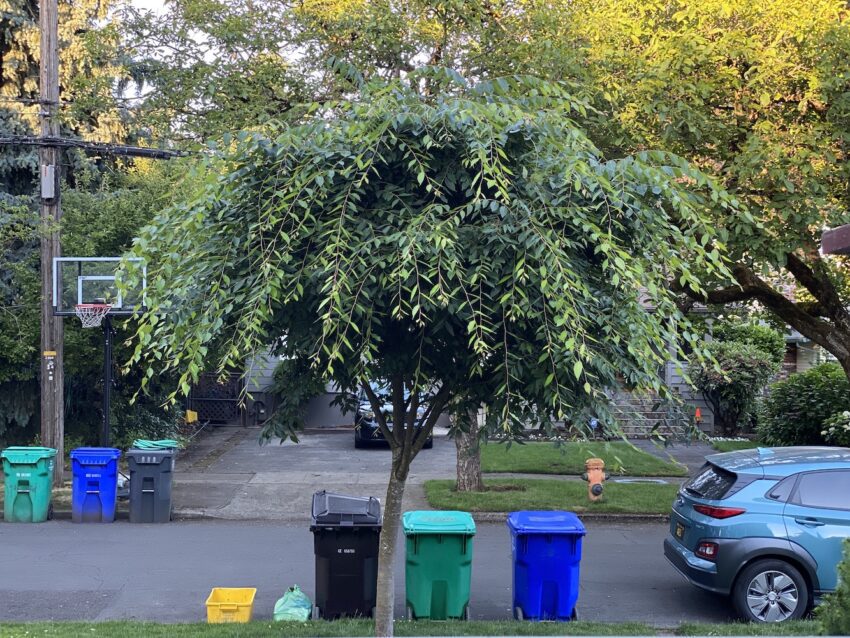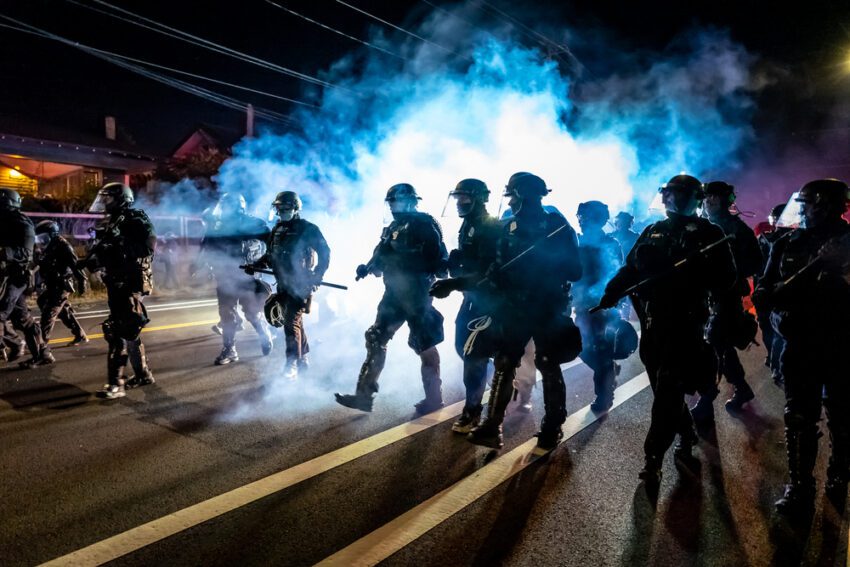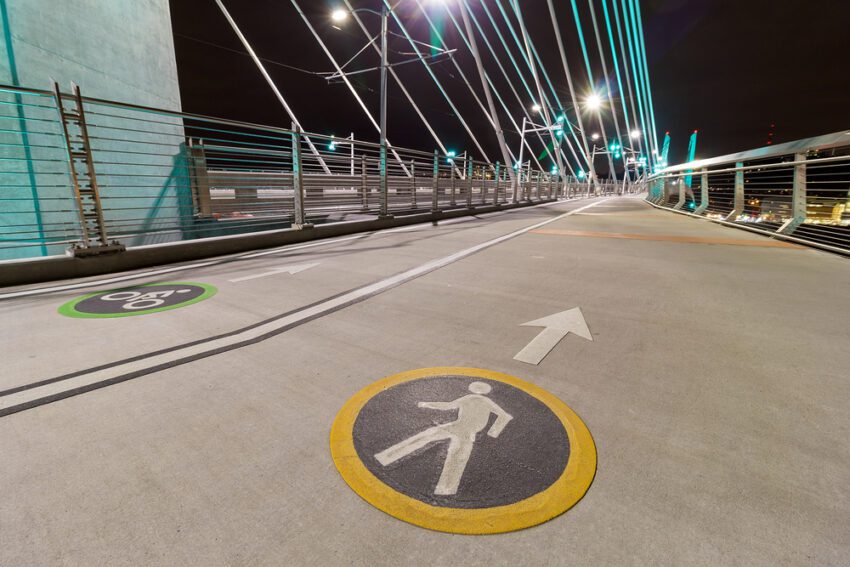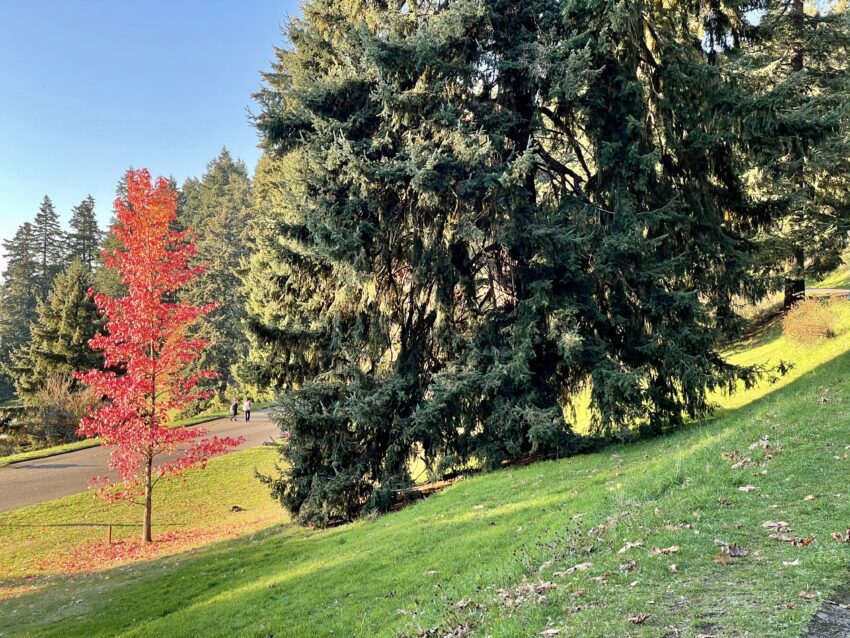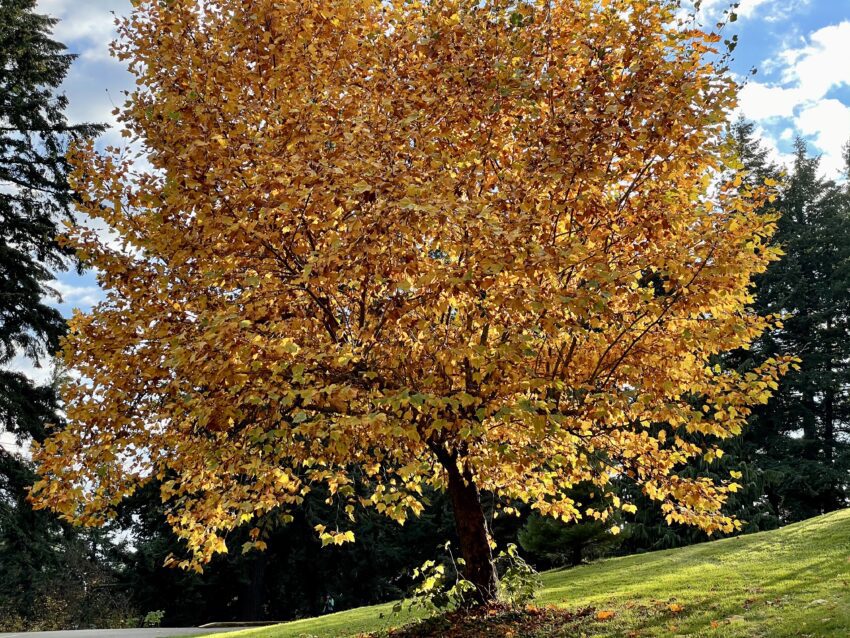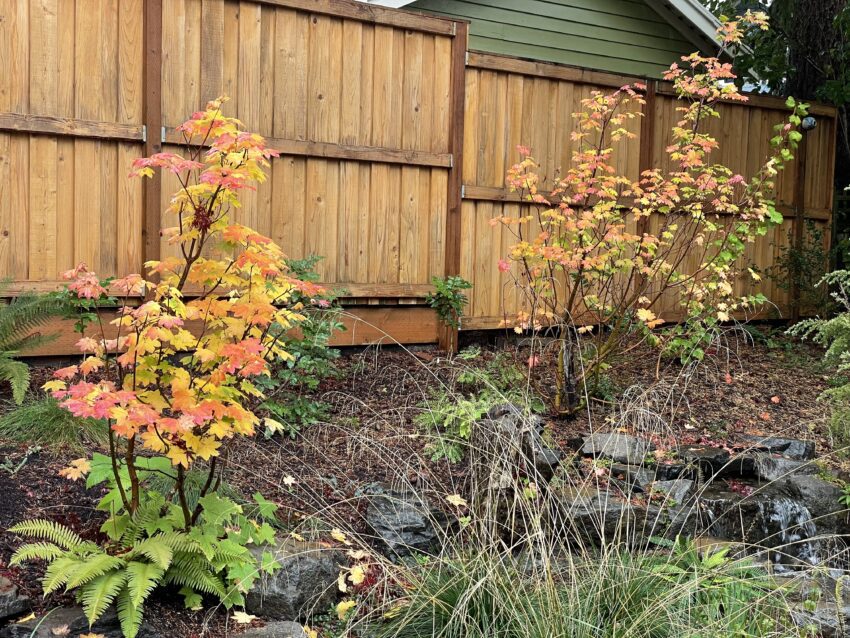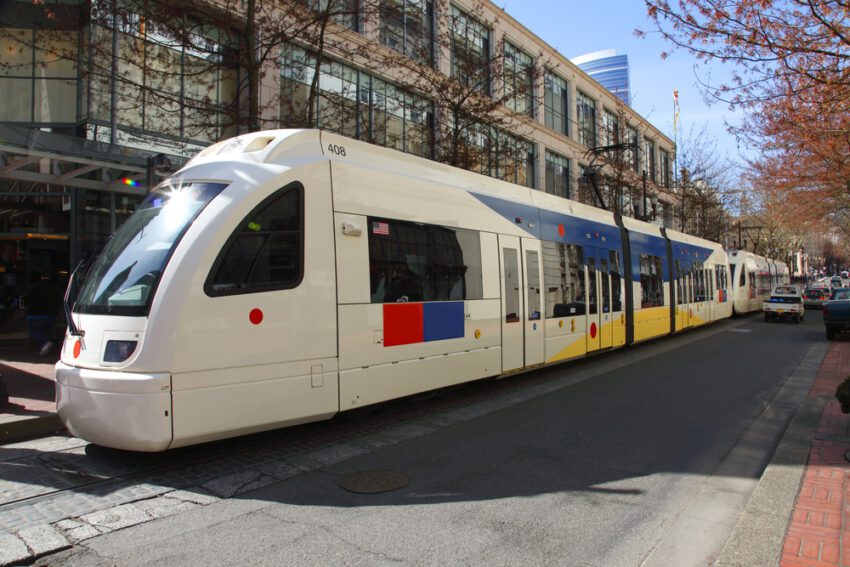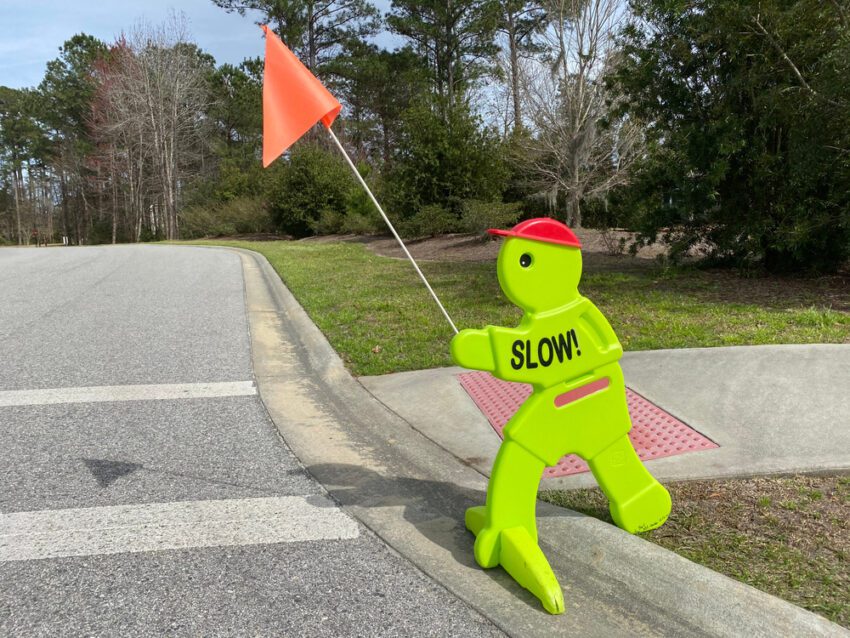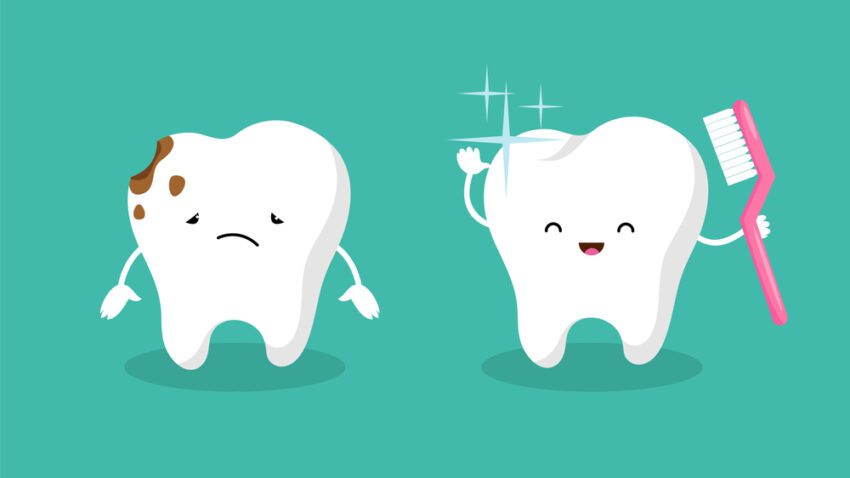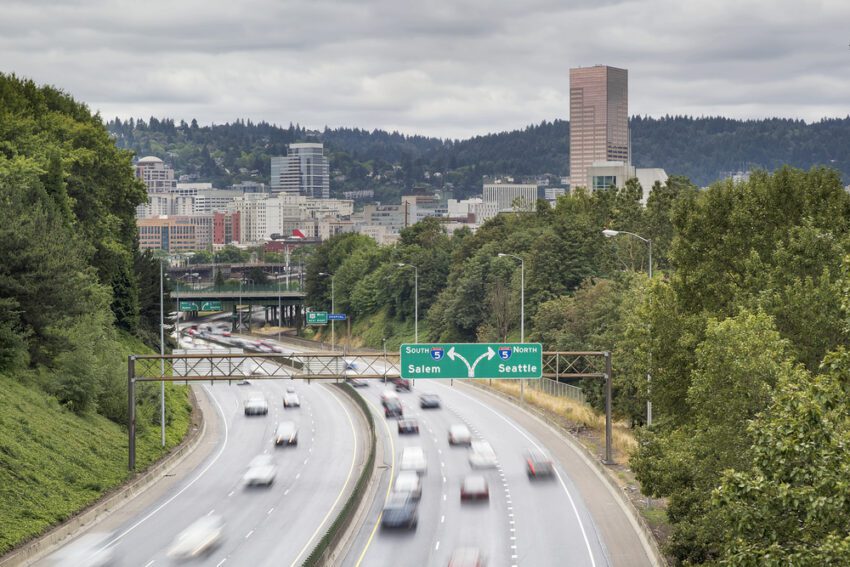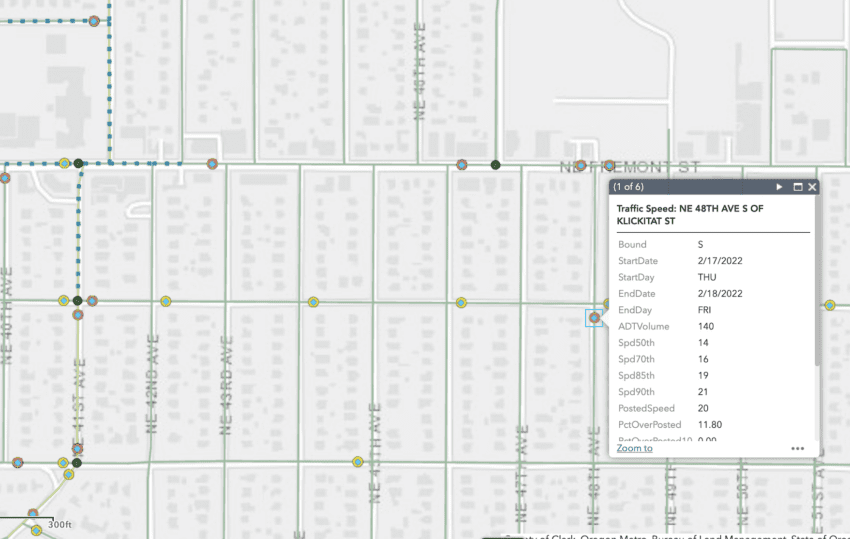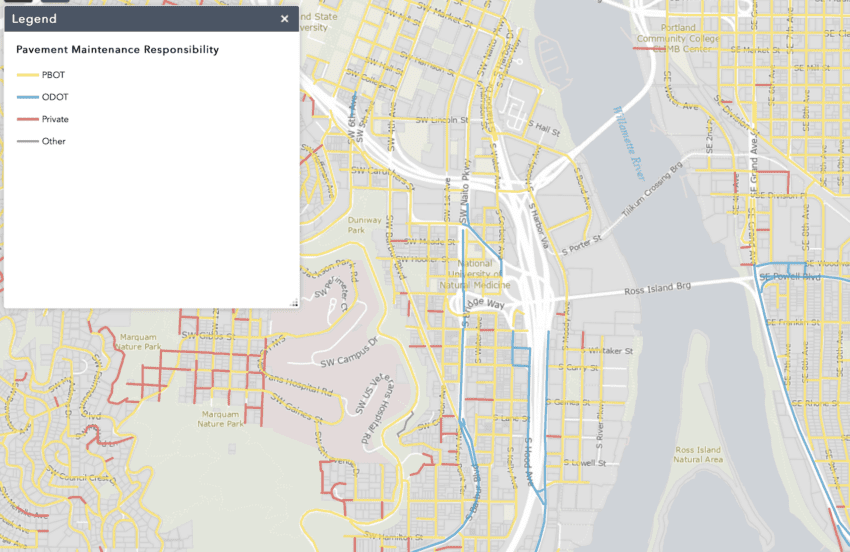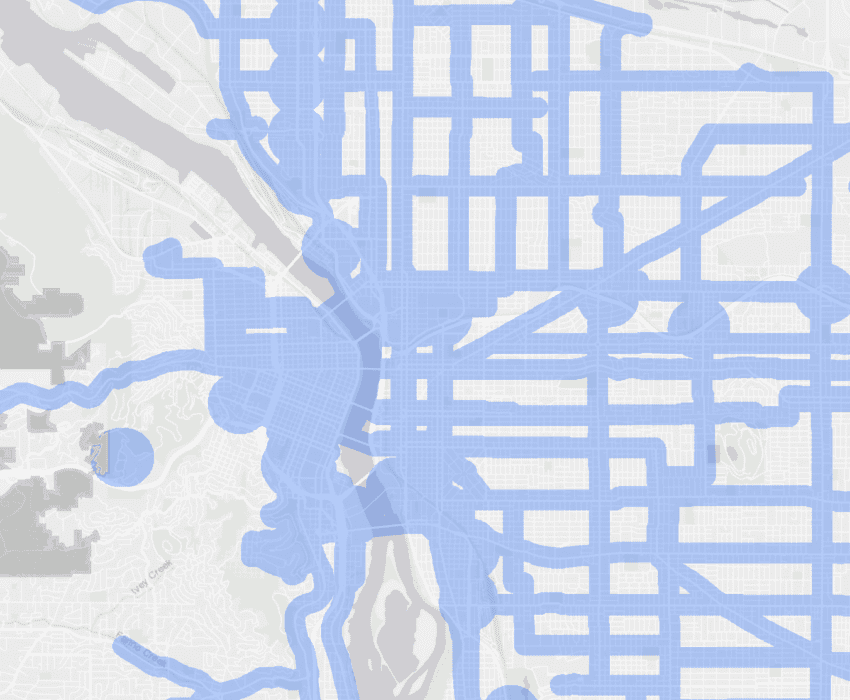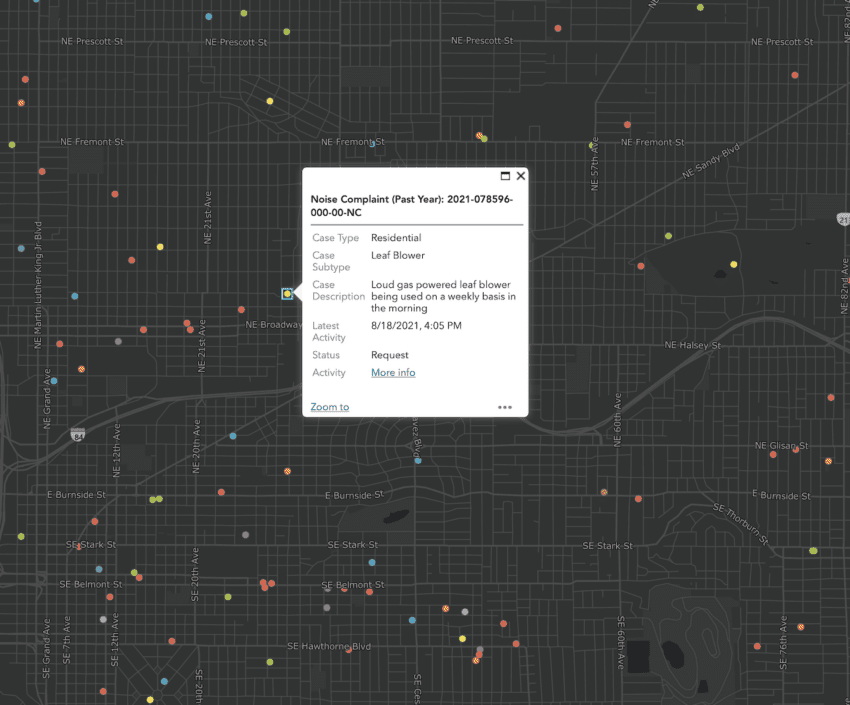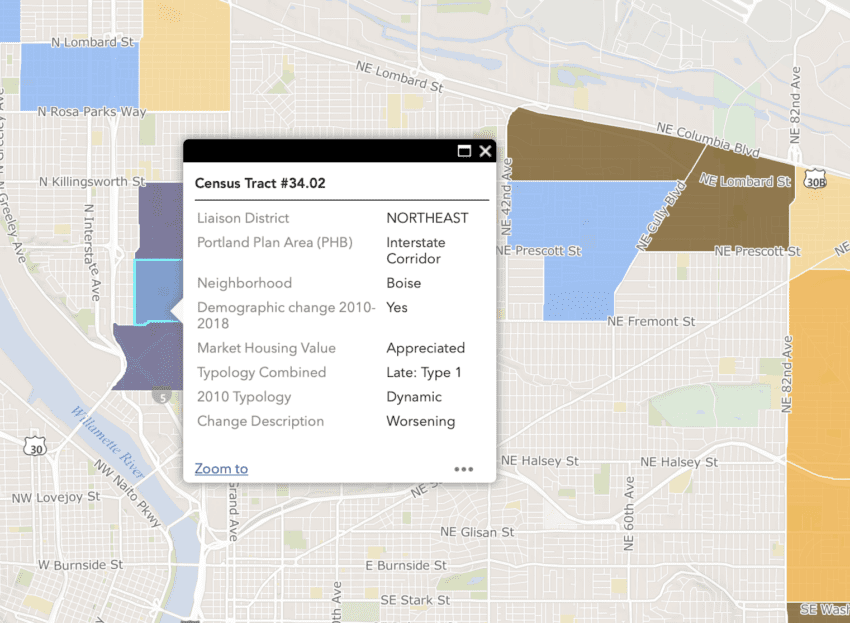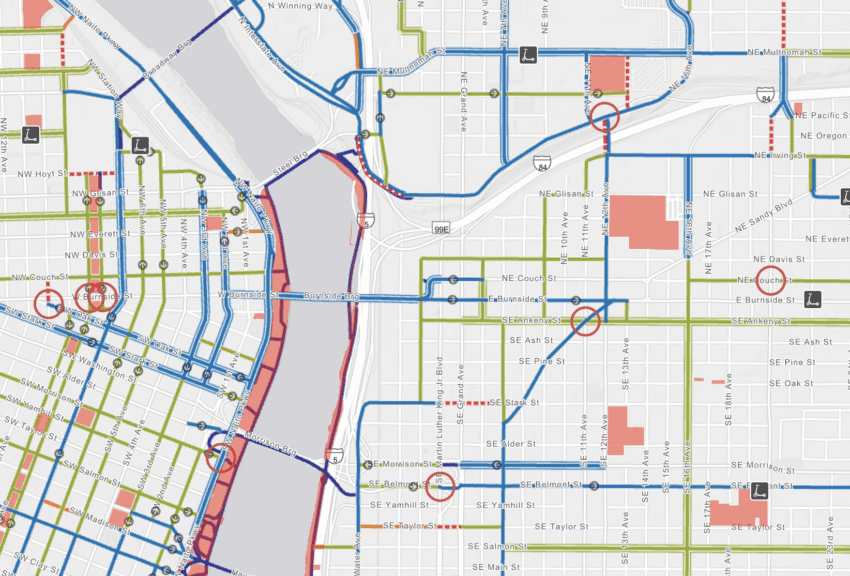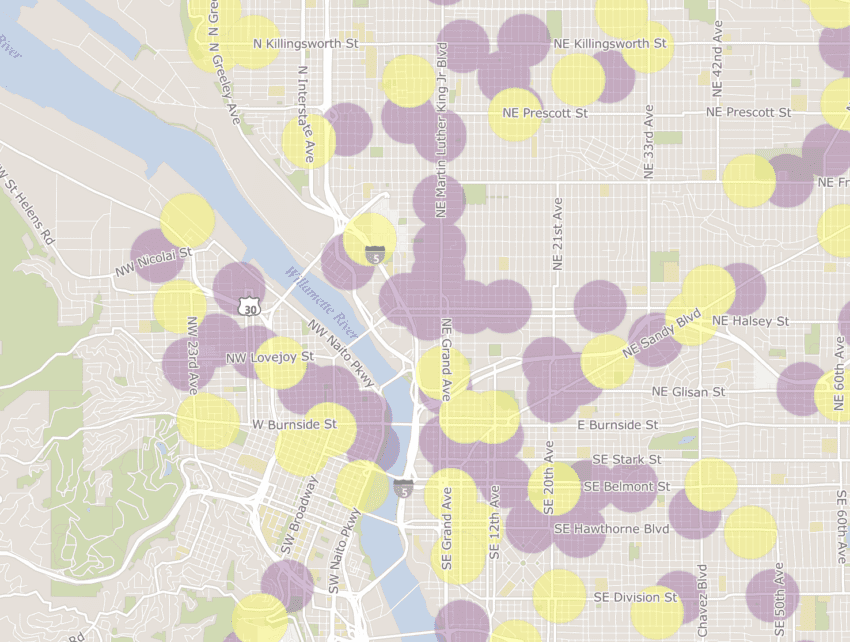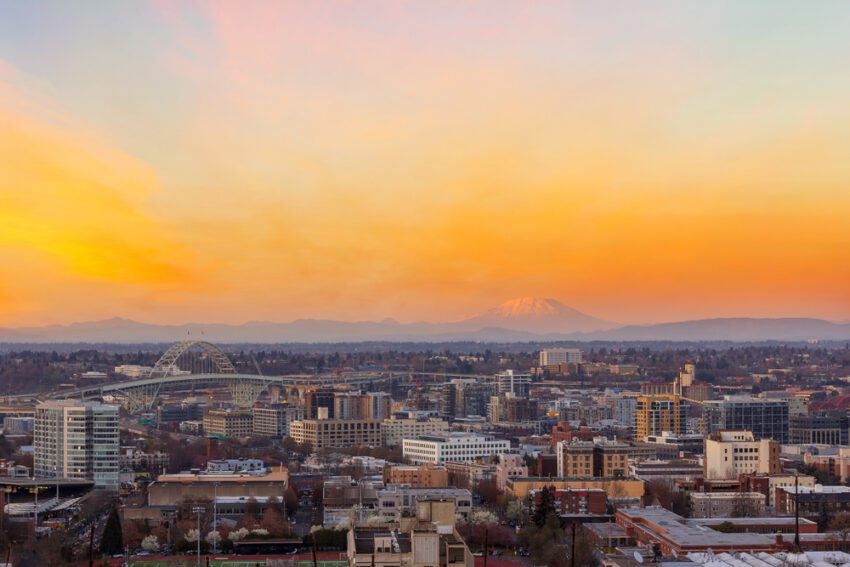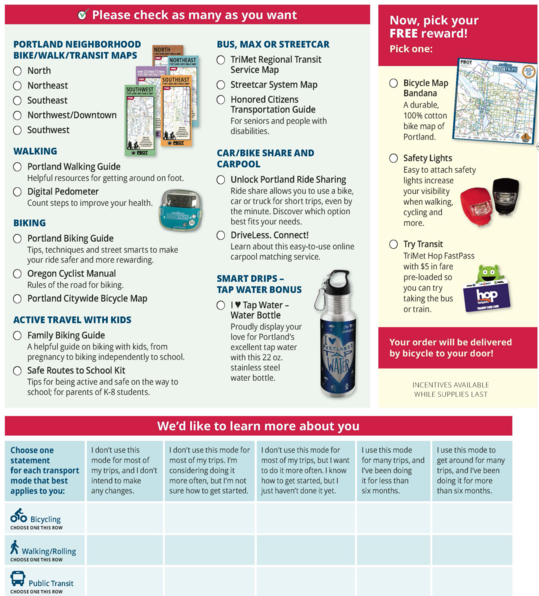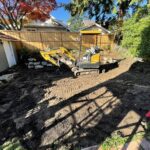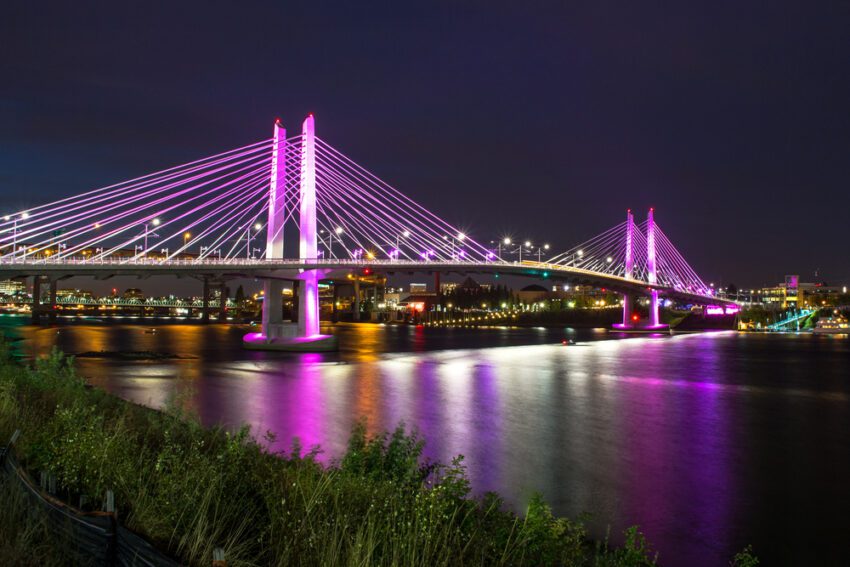
A very long review of Portland
I moved to Portland in June 2020, relocating from the San Francisco Bay Area where I lived for 24 years. I was never particularly happy there, but my job at Apple was a great distraction. When I retired in 2019, my dislike of the area came boiling to the surface.
Having lived in Portland for 2 years now, I’ve fielded the inevitable questions about living here. Some are entertaining thoughts of relocating while others just like to live vicariously through others. The short answer is that it’s hard to find anything I don’t like better than the Bay Area. I miss my friends and I miss volunteering at the Peninsula Humane Society. I miss my doctor, hairstylist, tennis instructor, vendors at the farmers market, employees at my favorite retail stores, and so on. But I’m not moving back.
For those that want to know a lot more, here are some of my opinions about Portland in excruciating detail. I’ve intermixed good and bad aspects. They are not in any kind of order.
Restaurants…
Portland regularly gets voted among the top restaurant cities in the country. This is due primarily to incredible variety, but also due to seemingly unlimited options for restricted diets, such as vegan, gluten-free, and dairy-free. There is a lot of creativity and innovation going on, partly due to an extensive food cart and food pod scene that earns international recognition. There is little red tape to set up a cart, and it’s a great way to test an idea before opening a restaurant.
Before moving here, we would go out to dinner maybe once a month and now it’s more like 3-4 times a week. We even go out for lunch sometimes or dessert. We’ve eaten at more than 70 different restaurants in the past two years. I’ve never been anywhere except maybe New Zealand where I had such amazing dining experiences.
For fun, I listed four favorites and linked to their menus.
…but kale seems mandatory
I know kale is quite trendy, but I’ve never seen so much in one place in my life. If you’re like me and you’re not a big fan, it can be irritating to have kale on the ingredients list for so many restaurant dishes. Very rarely is there an option to substitute.
And it’s not just kale. I like fermented veggies, but if you don’t, you’ll find them hard to avoid sometimes. Veggies seem to be fermented just as often as not. And it’s not like you can say, “Can you please not ferment my onions”? I know, first-world problems.
Name the food trend and it’s here in a big way. Ashwagandha and CBD stalls at the farmers market, microgreens, bone broth, kombucha, mocktails, nut butters, and so on. I love most of these trends and the others I hope it’s not too hard to avoid.
Nice people
I’ve lived in nine places in five states before moving to Portand and never have I found people so genuinely nice and friendly. It can be hard to get used to and borders on amusing sometimes. I’ve even found myself irritated early on but I’ve since adapted. 🙂
Every interaction seems to involve mutual thanking several times. This politeness is especially true on the roads where people typically merge and handle uncontrolled intersections by letting you go ahead of them. It’s practically a competition to see which person can let the other one go ahead of them. People don’t think it’s weird to say hi to them on the street or to strike up a conversation. It’s hard to get over the “oh god what are they trying to sell me?” feeling when someone starts talking to you.
I’ve seen virtually no road rage like in other states (and I’ve been to 49 of them!) and only a few people madly changing lanes and weaving around like race cars. You generally see people staying in the lane they need to be in far ahead of time and staying there. Very little unnecessary honking. Also, people generally leave ample space between their car behind you and yours, rather than being inches from your bumper.
When it comes to wearing masks during the mask mandates, it’s been hard to find non-compliant people or people being rude about it. I think it speaks to a shared sense of community and wanting to do good for others.
Ugliness…
The residential areas of Portland have beautiful old trees and homes, but the commercial areas, major roads, and the downtown are an eyesore to say the least.
You don’t have to walk, bike, or drive very far to see piles of trash; graffiti covering walls, windows, bridges, and streets; and homeless encampments. All of these have worsened during COVID, but long-time residents I’ve spoken to say it was not much better before.
I can’t imagine a tourist visiting the city and not being visually turned off or potentially frightened if they associate these things will being unsafe. Portland has some beautiful street art, but this “art” is defacing property and obscuring traffic signs.
…but beautiful surroundings
Between the Cascades, the Columbia Gorge, and the coast, there’s no shortage of natural beauty and hiking opportunities. You could spend a year of weekends in each of them and all within an hour’s drive, with the west end of the Gorge only being about 30 minutes away.
I checked a map and unfortunately, Oregon is located within the United States. Hopefully, the next 9.0 earthquake will resolve this problem.
Politics
As a centrist/independent, I’d prefer to live somewhere that was mostly moderate voters, but if I had to choose between a left or right-leaning area, I’d choose the left-leaning. Portland is exceedingly liberal, moreso than other West Coast cities like Seattle, Los Angeles, and Vancouver.
Using the 2020 Presidential election as an example, the candidate on the right only received 17% of the vote city-wide. Roughly one out of five voting precincts was below 10%. The district I live in and nearby districts varied between 4% and 7%. The county where I used to live in California was 25%.
For a small city, Portland has some impressively large gatherings for liberal causes.
Crime
It’s quite difficult to compare crime statistics across cities. Plus, it increased dramatically in many places during the pandemic. All I can is that it’s at least equally alarming in Portland. Here’s one statistic that’s particularly shocking. This looks at “firearm discharges” reported to the police, so it includes everything from murder to just shooting a gun in the air.
| Year | Firearm discharges | Change from 2019 |
|---|---|---|
| 2019 | 414 | ----- |
| 2020 | 917 | + 121% |
| 2021 | 1,319 | + 219% |
| 2022* | 1,844 | + 345% |
I’ve had a few incidents myself, but only against property. My parked car was nearly totaled by a hit-and-run driver and we’ve had two minor thefts from our front yard. Bad luck perhaps. We hear occasional sounds from street racing. It’s not uncommon to see either broken shop windows or graffiti defacing public and private property.
In areas that are supposed to be “bad” in Portland, I’m comfortable walking around them. If I compare to Chicago or Miami area, there don’t seem to be vast areas that NO ONE DARES TO GO.
Local food
I already wrote about restaurants, but the local food story is much more impressive than that. Due to reasonably strict rules against urban sprawl, agricultural areas are significantly closer to where the population density is than most other cities. “Local food” means a much smaller radius around the city and more pride around products originating from the Portland area.
There’- a vibrant farmers’ market scene that exceeds even the excellent farmers’ market we used to go to in Mountain View. We visit a market with nearly 150 vendors(!). Locally produced prepared food products are plentiful at both the markets and also the supermarkets.
Just in the two years we’ve been here, we’ve assembled quite the arsenal of amazing local foods. Next to try are cooking blends from Ooomph Cooking.
Facial hair
“Keep Portland Beard” goes the saying. Portland is not unique in its hipster beard obsession, especially among the younger, but it’s definitely not the place to go if you enjoy seeing people’s faces. It’s hard to do a fair comparison between cities, but I’ll present some facts to bolster Portland’s case as a facial hair mecca.
- Portland has hosted the World Beard and Moustache Championships
- The “lumbersexual” style, with beard and flannel/boots/parka year-round, is purported to have originated in Seattle and Portland
- There are a number of artisanal brands of mustache wax
- A few beard decorating trends have originated in Portland
- Before COVID hit hard, Portland was already deeply concerned about how masks would affect beards.
The Unipiper and friends
Hipsters can be annoying but sometimes if you excel at multiple hipster trends, they marinate into something amazing. Why not combine your unicycle skills with bagpipe playing, Darth Vader, and shooting flames?
What I’ve found interesting about Portland is that there are a number of artists that are quite widely known by all ages in the community. For example:
As a self-proclaimed “public joy creator”, Mike Bennett is a Portland-based artist that creates public art exhibits, some of which have been staged in his front yard. It’s not often that people recognize the name of any artist from their town or city, but Mike Bennett has a lot of notoriety and at the very least, people recognize his signature style.
LGBT
Portland’s LGBT population is believed to be second only to San Francisco (by percentage). While SF has a more brash and concentrated gay population (e.g. in the Castro district), Portland is a more low-key community that is distributed throughout the city. If you just want to be part of a nice city and happen to be LGBT, Portland might be the place for you. If you want to shout gay to the rooftops and live in a gay mecca, then SF might be more your speed.
Portland is considered a very safe place to live as an LGBT person.
Climate
Portland’s reputation, for better or for worse, is a climate that is mild, rainy, and frequently overcast. If you look at historical weather data for Portland going back to 1940, it supports the story of a place with a healthy 36 inches of rain spread throughout the year, with more in winter, and summer highs no greater than 82° F. That all sounds good to me!
However, in the past few decades, Portland has increasingly shifted towards a Mediterranean climate, with even wetter winters combined with even hotter, drier summers. This has caused wildfire risk to rise dramatically as excess winter vegetation becomes kindling for hot, dry summer fires. In 2020, fires were so severe that Portland had the dubious distinction of having the worst air quality in the world for almost two weeks. And it wasn’t an anomaly as 2018 also had Portland sporting the 2nd worst air quality in the world for a time.
Historically, Portland has had 11 days a year of 90°+ temperatures a year, but in the past decade that number has doubled to 22 days. Last year met that milestone, but there were also 5 days above 100° and Portland hit an all-time high of 116°. Probably not an anomaly.
Unlike areas of the world that are used to hot weather, Portland is amongst the least air-conditioned cities in the US. Driven by the changing climate, homes in Portland with A/C have gone from 44% to 78% in the last twenty years. However, this is below the average of 91% for the US as a whole. Keep this in mind before buying an older house here without A/C!
Residential areas
In my mind, the heart of Portland is its residential areas. The city is fortunate to have a large number of old homes, including 28% that were built in 1939 or earlier. The median home is 57 years old. Driving around Portland, you’ll see some unfortunate homes, but it’s fairly absent of the soulless cookie-cutter homes that dominate many of the faster-growing cities in the US. Most of the older houses have nice spacious porches, which is rare in newer cities.
If the home styles aren’t varied enough, Portland is quite progressive with paint colors, often with multiple trim colors, some bold colors, and colorful front doors. This is a welcome change to the fifty shades of beige that you often see in newer (or less creative) cities. Portland also seems to go all-out decorating their homes for holidays such as Halloween and Christmas.
Unlike other areas I’ve lived, Portland seems to attract less short-term people that may move here for work reasons. Most of our immediate neighbors have lived here more than a decade and a number have lived here more than 50 years!
Trees
Trees are the biggest stars of Portland. The tree canopy covers 30% of the city, which is not only near the top in the US, but also the world. The older streets tend to have significant parkway space for tree planting and the city also has an ambitious street tree program.
To quantify their importance, the city has valued the street tree inventory at $2.3 billion and the entire forest canopy at $5 billion. This includes the replacement cost as well as services the trees provide such as: cleaner air and water; cooling; mental health benefit; stormwater management; and carbon storage and sequestration. In 2018, they identified space for an additional 1.3 million trees to be planted.
They have mapped every street tree in Portland as well as parks and other public areas. Anyone can look at an interactive map of all these trees, including various details about each one.
If you want to plant a street tree, they’ll provide help with native tree selection, as well as planting and care advice. If you live in certain low-income neighborhoods, the city will pay for the trees, including planting and caring for them.
Tear gas
A lot of people don’t know this, but tear gas is actually illegal to use in wartime according to the Geneva Protocol. However, it’s permitted for “internal conflicts” in a small number of countries, including the United States. There is a long history of trying to suppress peaceful protests with tear gas, and with the predictable escalation into violence.
For a city considered on the bleeding edge of progressivism, Portland Police have regularly deployed tear gas at either peaceful protests or at protests where less violent means of de-escalation—which have proven track records—could have been used.
In the aftermath of the death of George Floyd, protestors in downtown Portland and elsewhere were tear-gassed almost nightly. The Mayor himself was gassed one evening. He banned the practice a month later as he is empowered to do so as Police Commissioner. It shouldn’t have had to come to this.
Pedestrians and bikes
It can’t compare to many European cities, but Portland is an excellent place to be a pedestrian or a cyclist. Or scooter-er. Drivers are very conscious and respectful in general, especially on residential streets with speed limits of 25 or lower. On faster streets, there are typically prominent crosswalks or bike crossings which help in situations where the traffic sometimes moves too fast to stop in time.
Portland has the highest percentage of bike commuters among large cities. It’s well known that nothing makes streets safer for cyclists that having more cyclists visible at all times. Portland always ranks near the top in surveys about bike-ability and walk-ability. In the summer, there are three intersections that see an average of more than 4,000 bicyclists a day!
There are some excellent maps for pedestrians and cyclists available online or in printed format.
There’s an interesting event called Portland Sunday Parkways that has been canceled during COVID and is being held again this year. They close off streets that form a special path for each of five summer weekends. Close to 100,000 people participate per year. It’s described as a parade where the audience travels by bike and the parade stands still.
Diversity
There’s no getting around it: Portland is a predominantly white city with 66% of the population identifying as white (and not Hispanic) according to US census data. Other West Coast cities for comparison are: Seattle 59%, San Francisco 39%, Los Angeles 28%, and San Jose 23%. For comparison, Chicago is 31% and NYC is 30%.
Although racial tolerance is as high here as in other west coast cities, Portland (and Oregon in general) have a very dark, racist history that led it to be almost exclusively white for a very long time. At one time it was described as a “white utopia” and it was illegal for a black person to live in the state.
Demographic changes take a very long time to happen and Portland has become less white over the last two decades at a rate higher than the country as a whole.
Seasons
If you live in California or the Southwest, there are typically two seasons: summer (9 months) and winter (3 months). And winter is not stereotypically wintery—usually just cooler and wetter and cloudier than summer. The foliage ranges from dull green to brown much of the year, while it can be shockingly green here by comparison. Many Californians don’t even know it’s called the Golden State due to the vast hills and valleys of dry grass. It’s pretty, but it gets old.
Growing up in the Midwest, even though the summers were beastly hot/humid, the other seasons each offered their own refreshing change of pace and Portland is happily no exception.
- Winter often gives you a taste of snow, lots of rain, and temperatures rarely go much below freezing
- Spring is usually everyone’s favorite, with some rain, pleasant temperatures, explosions of flowers (including massive wildflower blooms), and green green green everywhere.
- Summer, in my opinion, is generally miserable. Hot and dry. Far too many days above 90 degrees for my taste, but many people love it.
- Fall brings amazing fall colors due to having more deciduous trees than you see in more desert climates. It’s also very pleasant and sometimes blustery.
Mass transit
I have little experience with mass transit in Portland, but I can comment on a few things. First, Portland is one of only a few countries in the world to support “Express Transit” on iPhones, letting you walk onto any public transit system by holding up your phone or watch to a reader. No pressing buttons or unlocking your phone first.
My impression is that the transit system is very clean and well maintained. It offers an above average level of service, but nothing to write home about. It’s not a city people really move to because of great mass transit, but if you can swing a place to live and work that accessible to transit, it’s a great option.
It’s traditional to thank the bus driver when you get off the bus, which I like.
In a hurry?
I consider this a positive, but if you come from a large population center, like LA or the Bay Area or New York, the pace here will seem very, very slow. People rarely strike me as being in a hurry. It initially bothered me a bit, especially if you’re waiting in line somewhere and the person in front of you is talking to the cashier about their baby shower. But that’s just the way it is and a benefit of it is that you get to have a conversation with the cashier too, about whatever you want!
Loneliness is a huge problem in the world, so I’m in support of anything that allows people to connect even for brief periods of time every day. It can make a huge difference.
Marijuana use in Oregon is second only to Vermont, with 19% of people using it at least once a month.
Water fluoridation
Portland is the largest city in the US that doesn’t have mandatory water fluoridation. Whether you believe in fluoridated water or not, the US is in the small minority. In Europe, only 2% of people have fluoridated water. In Japan, it’s less than 1%. In Africa, where people eat the least amount of processed food and have the lowest rate of cavities, it’s 0.04%.
It’s a hot-button issue, but doesn’t need to be. The people of Portland have consistently rejected fluoridation, allowing people to choose whether they are OK with drinking it.
Medical care
Portland has a handful of large non-profit medical networks to choose from, including Legacy Health, Kaiser, Providence, Adventist, and Oregon Health Sciences University (OHSU). Many rankings of health care quality omit Portland due to its relatively small population, but the ones that do rank Portland very high on the list. One in particular ranks Portland #16 out of 100 cities. So, well above average.
My personal experience has been excellent as I’ve visited doctors in two of the networks as well as a private GP and some specialists. Waits to get a new GP or a specialist are extremely long, but apparently no different than most places. Mental health care has also been excellent. Just one person’s opinion, of course.
Traffic
Everyone thinks their city has the worst traffic. I suspect most growing cities have traffic that’s on the increase. There’s no one answer to assessing traffic in Portland, but it essentially boils down three obvious factors: (1) what time of day you are driving, (2) whether you are headed towards or away from downtown, and (3) what type of roads you are taking.
Typical rush hour times are 7:30am-9.30am and 4:30pm-6:30pm. Commutes during those times can be vary significantly from the off-peak times. This metric is used by some organizations that rate Portland as having bad traffic. It turns out that 2 hours of “rush hour” is quite low as far as cities go. The Bay Area, for example, easily has 4 hours in the morning and evening of rush “hour” and traffic can be sluggish pretty much anytime.
The federal highways (5, 84, 205, 405) and one state highway (26) suffer the most congestion. Portland has a lot of two and four-lane city streets that are designed to handle cross-town commutes. Even if the interstates are only moderately congested, it can be faster to take surface streets. Also, more scenic and less stressful.
Even when traffic is congested, it tends to keep moving rather than go to stop-and-go traffic. Having driven in LA, the Bay Area, Miami, and Chicago, you might chuckle when someone in Portland complains about the traffic.
Rumor has it that Portland’s highly understaffed police departments only have one traffic enforcement officer. Having never seen a car pulled over, I think it’s plausible. Which makes it ever more astonishing how well-behaved drivers are given low deterrence factor.
Portland Maps
I’ve not lived in many cities, but I’m supremely impressed by this site the city has set up called Portland Maps. Basically, a huge amount of data can be overlayed onto detailed maps of the city. So, you can look up any address and learn excruciatingly detailed information about it. Or you can just pan and zoom and learn about larger areas. Althought it’s geeky, I found it had an amazing wealth of information that is especially suited for those evaluating Portland for relocation.
With the “advanced” maps, you could really spend a lifetime. I’ll just show a few examples of the basic and advanced maps.
It’s great to have consistent interfaces to so much city-related and metro-related data. If you’re a map geek, you might like Portland.
Population
Portland is a small city, but it’s still a city and it’s surrounded by a good number of suburbs. This is not Ithaca, NY or Boulder, CO. There are 2.5 million people in the Portland metro area with about 650,000 living within the city limits.
When you read about Portland, it’s easy to imagine it’s a medium-sized trendy place, but if you’ve never lived in a city, there are a lot of people here! If you’re coming from NYC or LA or SF, it will seem substantially less crowded, but might be a shock coming from smaller cities or towns.
Welcome packet
A big surprise moving to Portland is that we received a “welcome packet” in the mail with information about city services, parks, cycling, walking, and surveys to help the city understand people moving there better. Maybe other cities do it, but it definitely made me feel very welcome and answered a lot of questions I had.
Mills End Park
I can’t end without mentioning the wonderful Mills End Park, the smallest municipal park in the world, a circle 2 feet in diameter.
Conclusion
While I’ve provided data for some of my arguments, much of it is just one person’s opinion. For me, it was a very positive relocation decision based on the things I care about. Some of the warts may be showstoppers for some people. Weather seems to deter more people than anything. That’s fine with us. 🙂 Portland is definitely a place where many people proactively decide to move based on their lifestyle rather than move here only because of work. And I think that shows.
I hope I’ve provided a balanced assessment and if you move here, drop me a line. 🙂
